Birthday of GM Jonathan Rowson (18-iv-1977)
Here is his Wikipedia entry
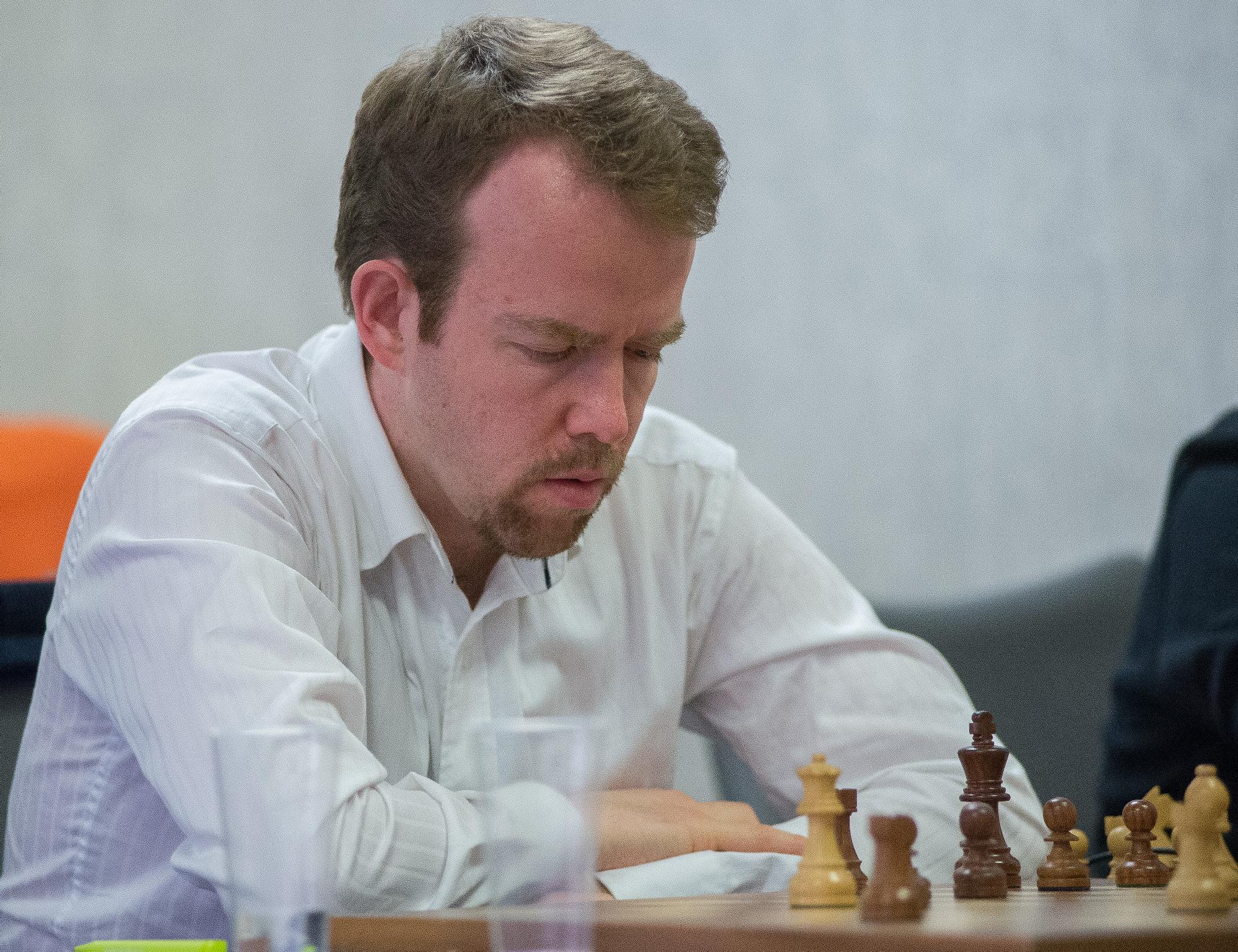
BCN remembers Timothy George Whitworth (31-vii-1932 17-iv-2019)
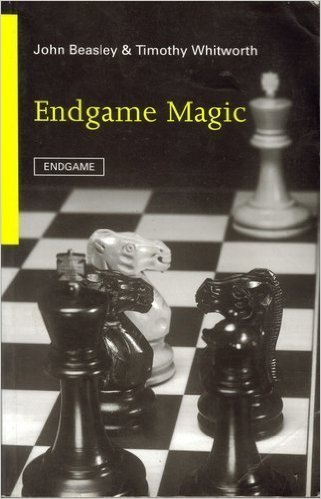
Here is an excellent article from Brian Stephenson
and here is an appreciation by John Beasley
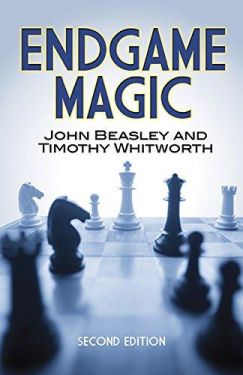
Here is an obituary from The Guardian
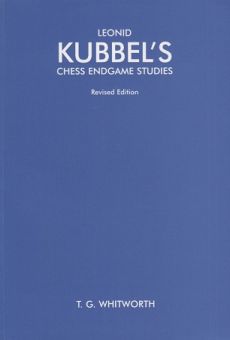
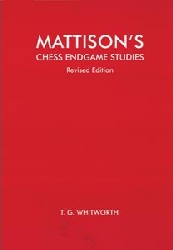
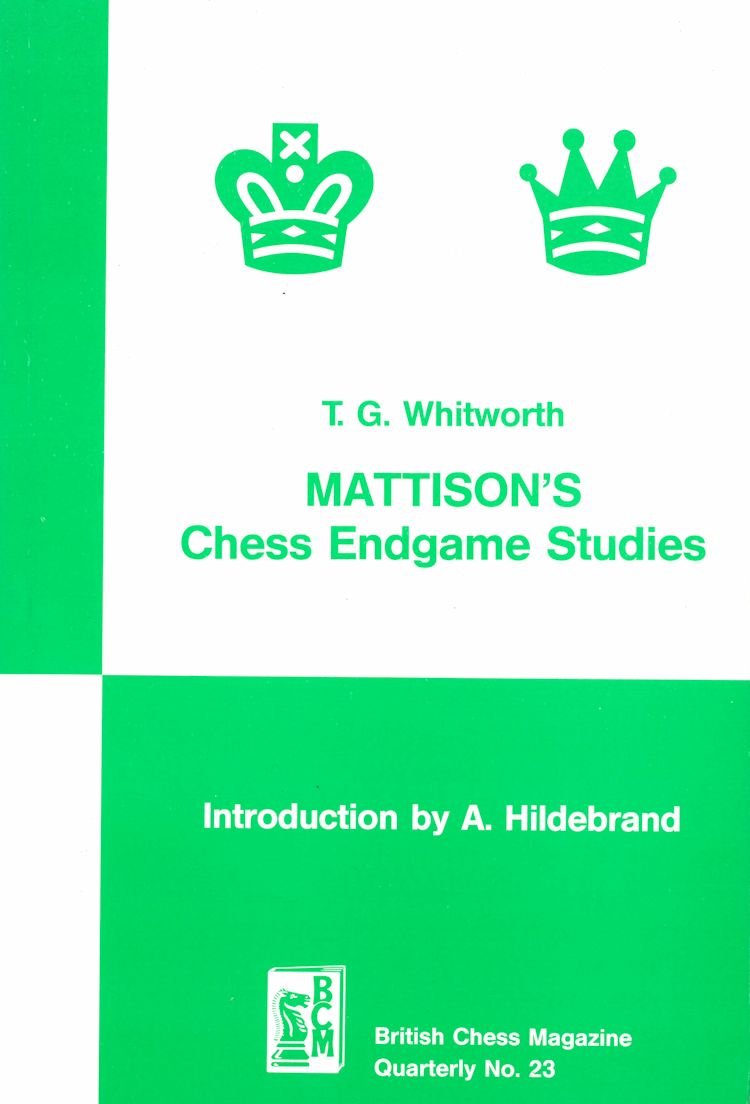
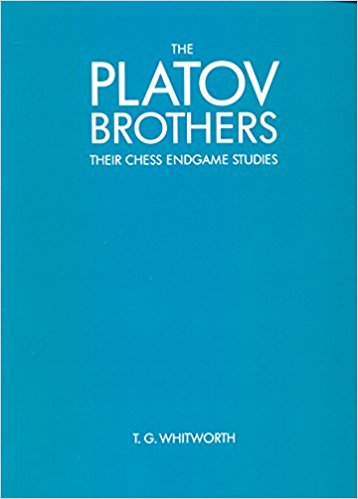
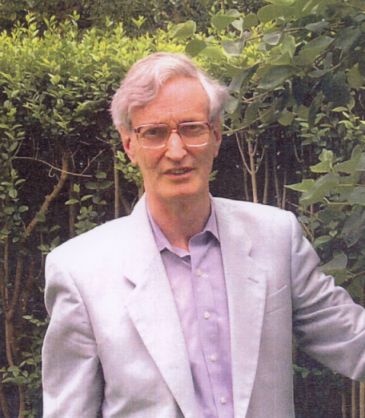

BCN wishes Happy Birthday to GM Peter Kenneth Wells (17-iv-1965)
Here is his very brief Wikipedia entry
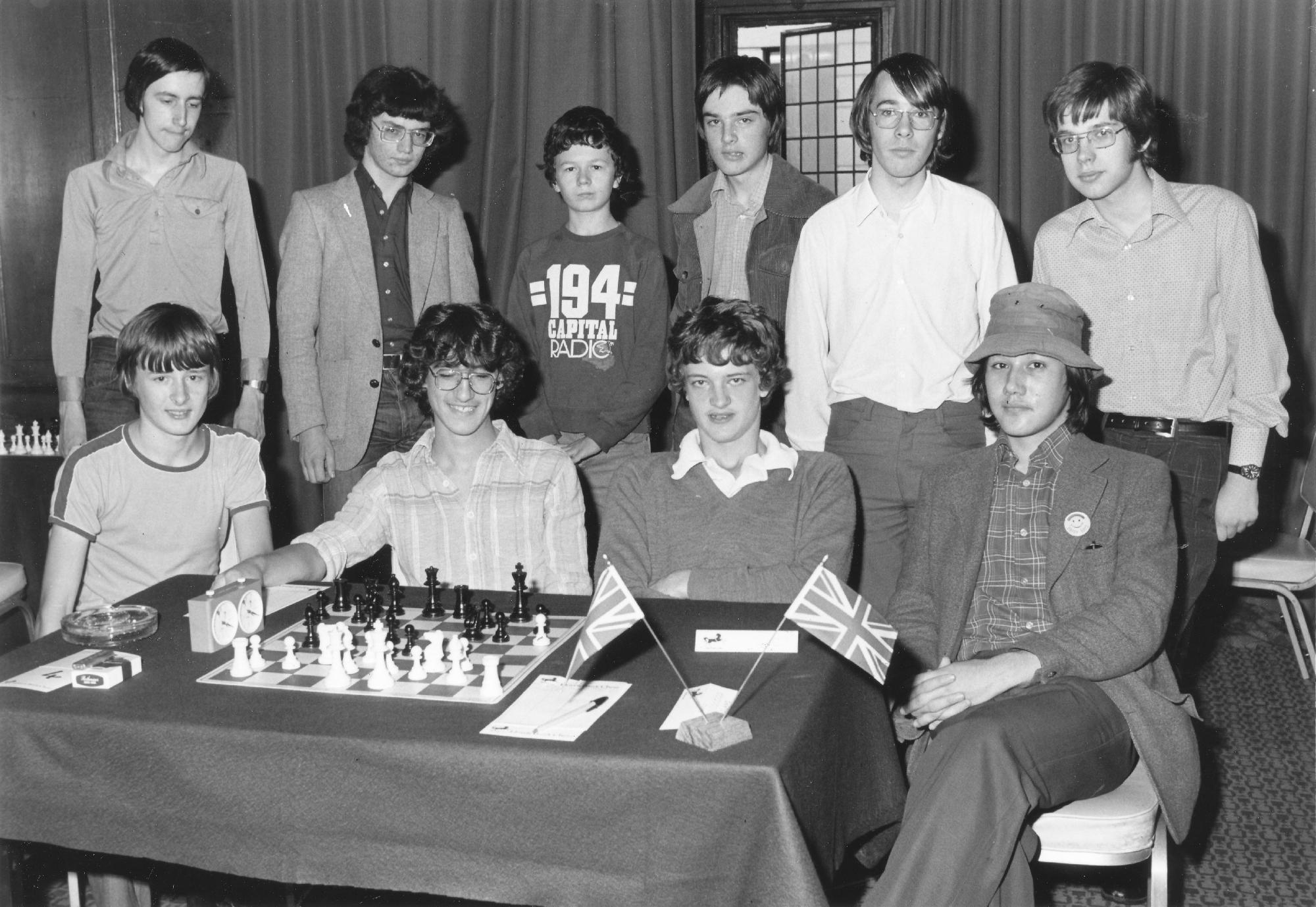
This was written about Peter aged 13 prior to the Spassky vs the BCF Junior Squad simultaneous display in 1979 :
” St John’s College and Portsmouth. Rating 174. British under-14 co-champion, 1978.”
and from chessgames.com :
“Peter Kenneth Wells was born in Portsmouth, England and became a FIDE Master in 1982, an IM in 1987, and a GM in 1994. He is also a FIDE Senior Trainer (2015).”
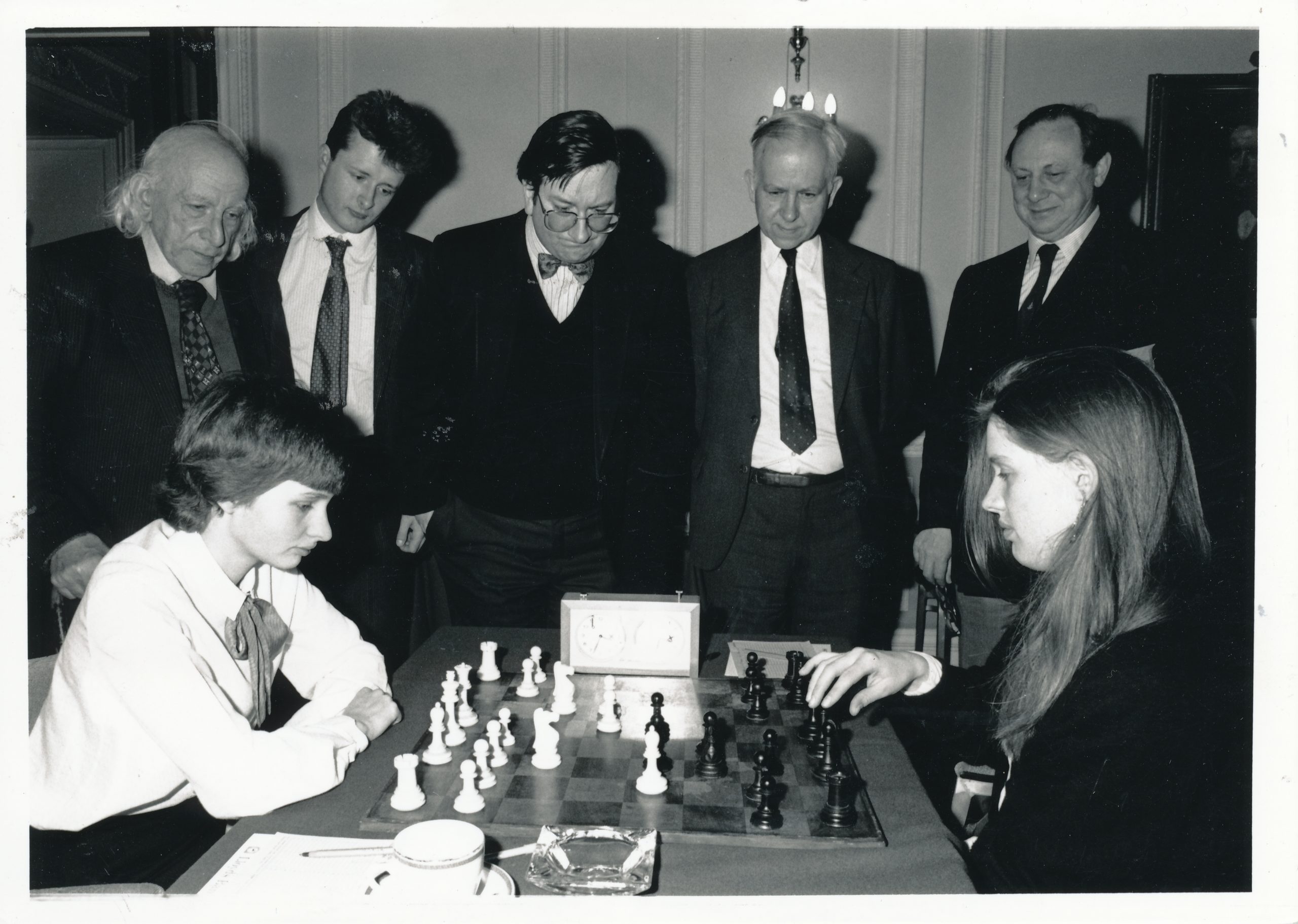
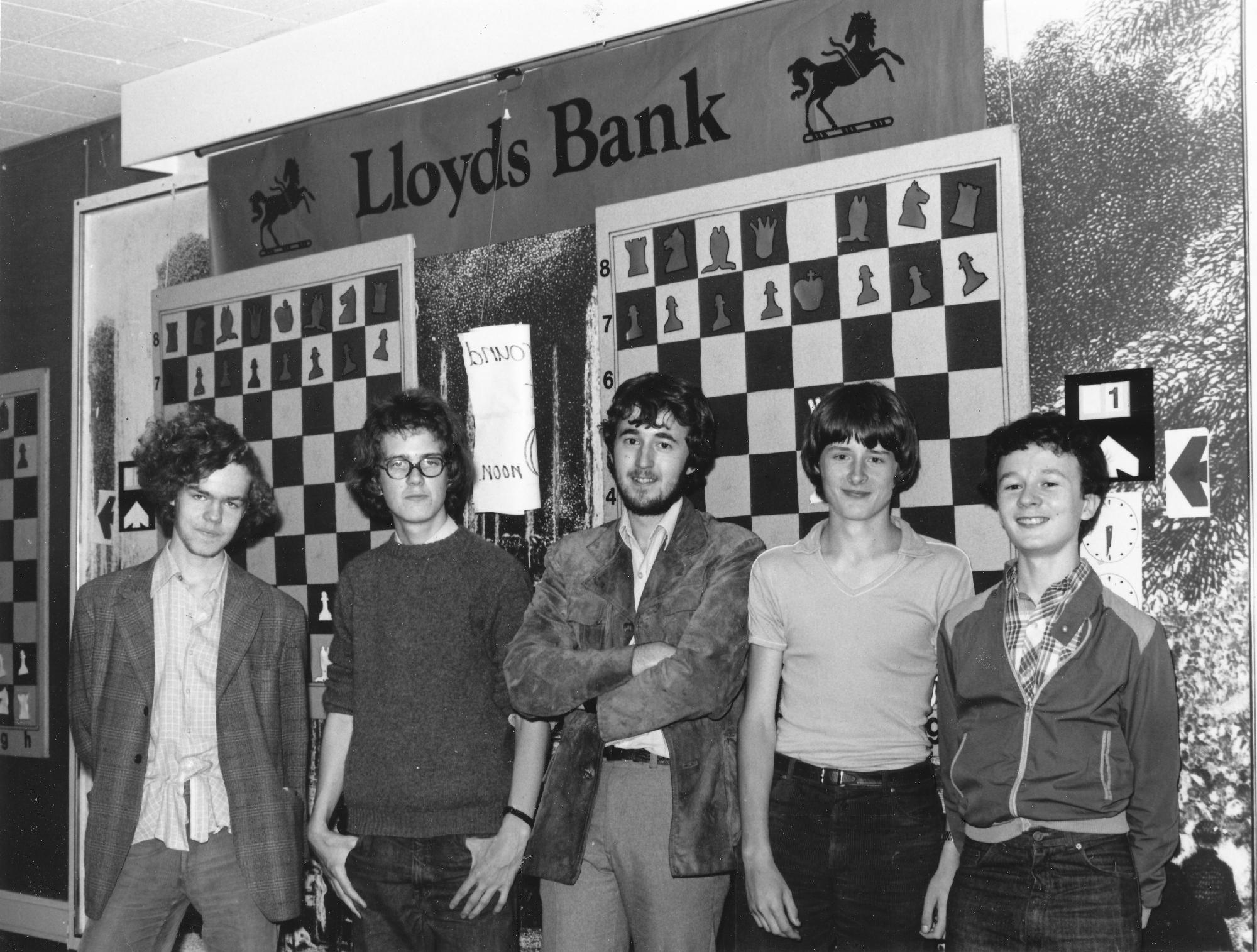
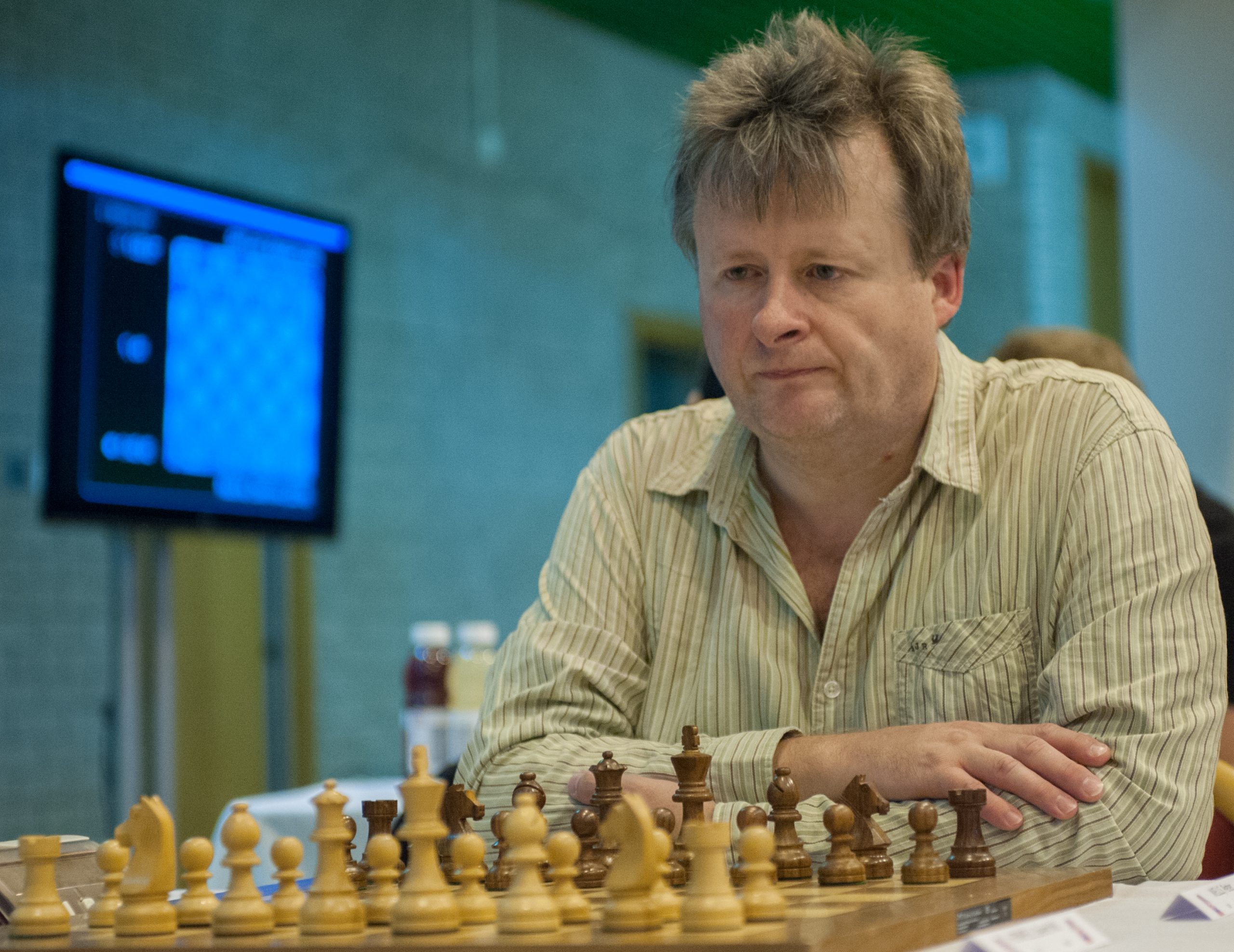


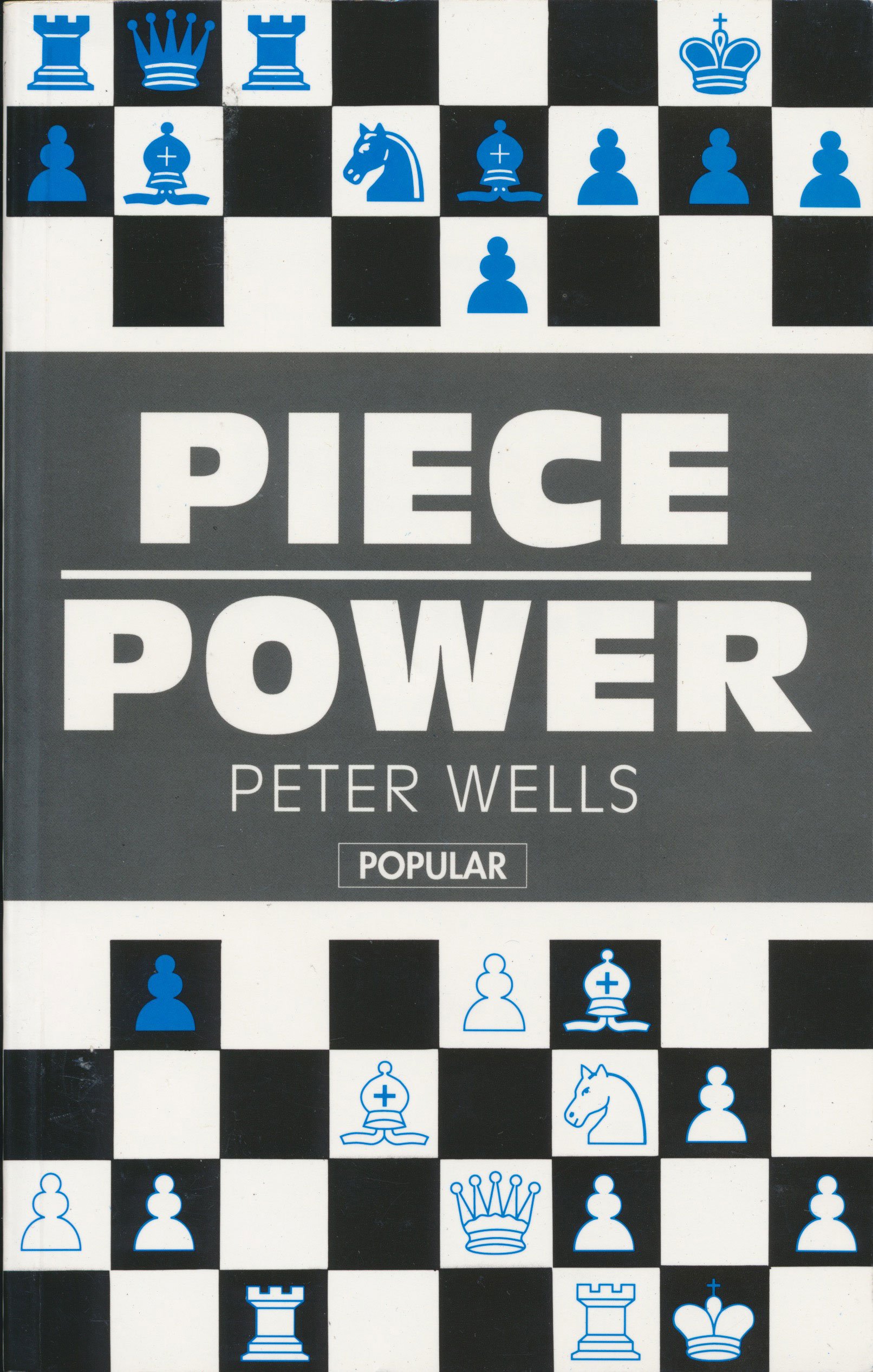
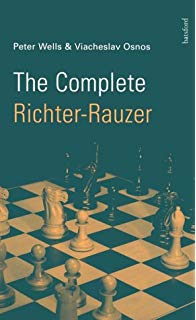

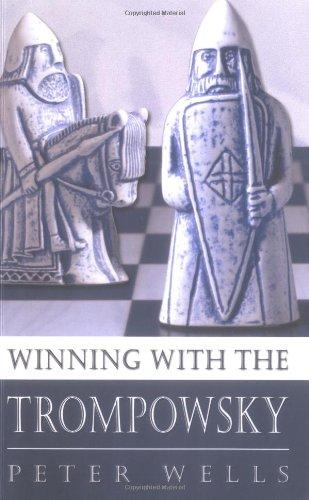
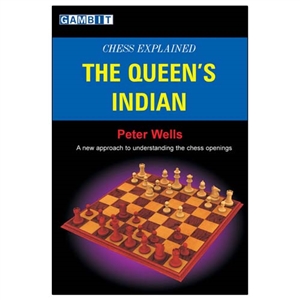
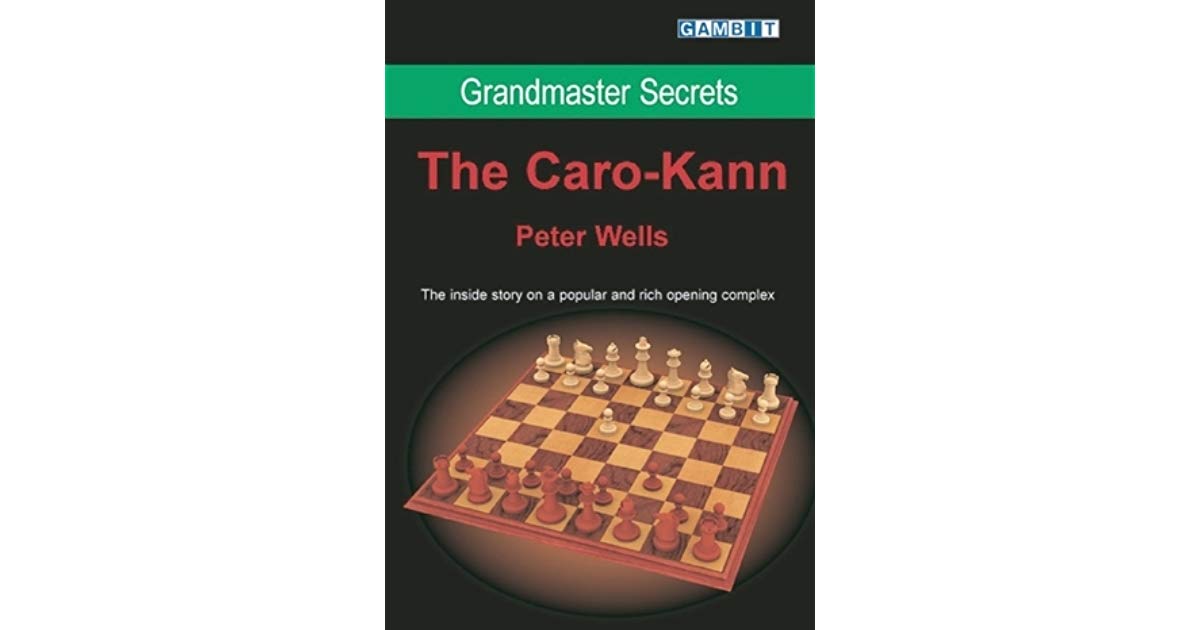
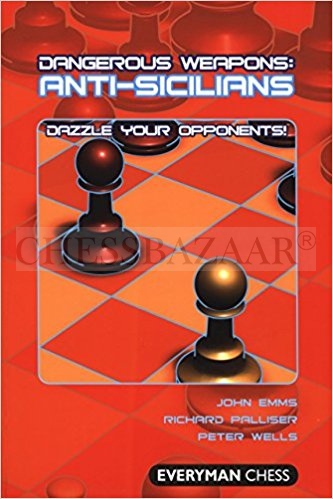
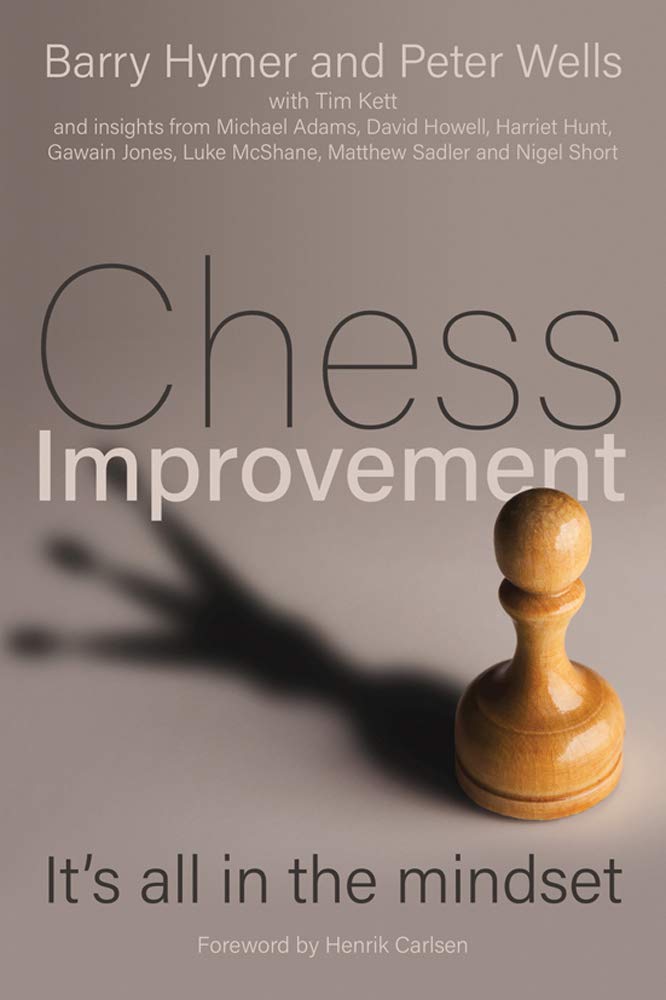
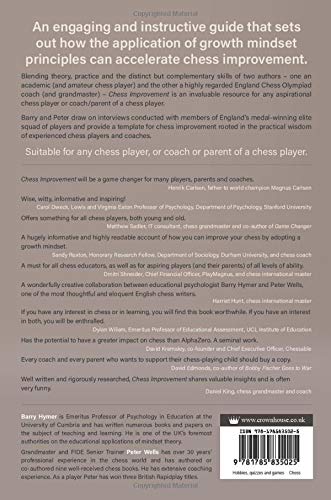
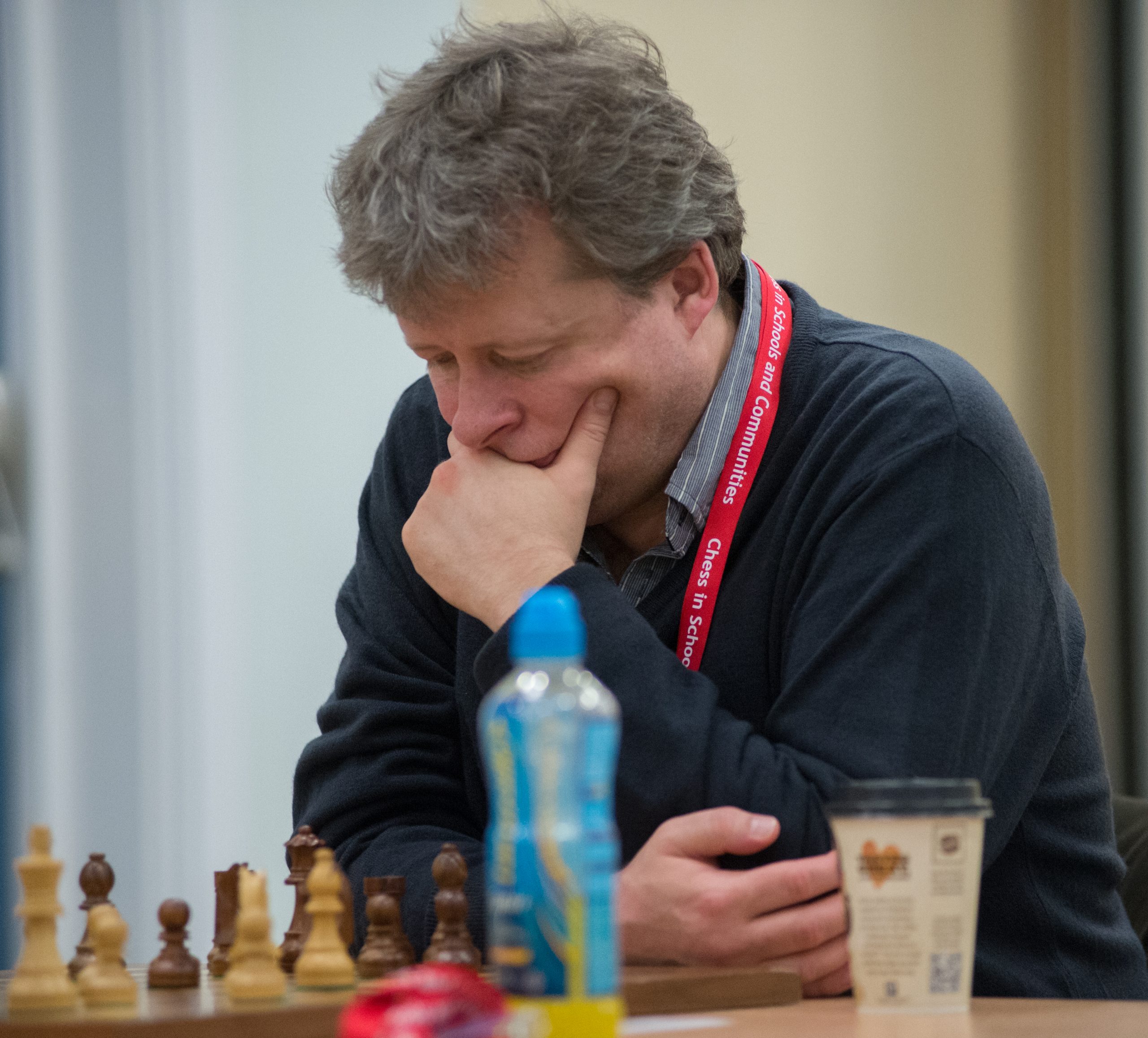
We remember Joseph Edmund Peckover (15-xi-1896 – 16-iv-1982)
From The Encyclopedia of Chess by Anne Sunnucks :
Born in London on the 15th November 1896, Peckover has lived in New York since 1921. He has composed about 70 endgame studies :
JE Peckover , 1st Prize, Problem 1958 – 59 Award July 1960.
Here is his Wikipedia entry
Here is his entry on chesscomposers.com
BCN remembers IM Colin Crouch (14-x-1956 16-iv-2015)
From Chessgames.com :
“Colin Stamford Crouch was born in Bushey, England. He was an International Master, and the author of a number of chess books.”
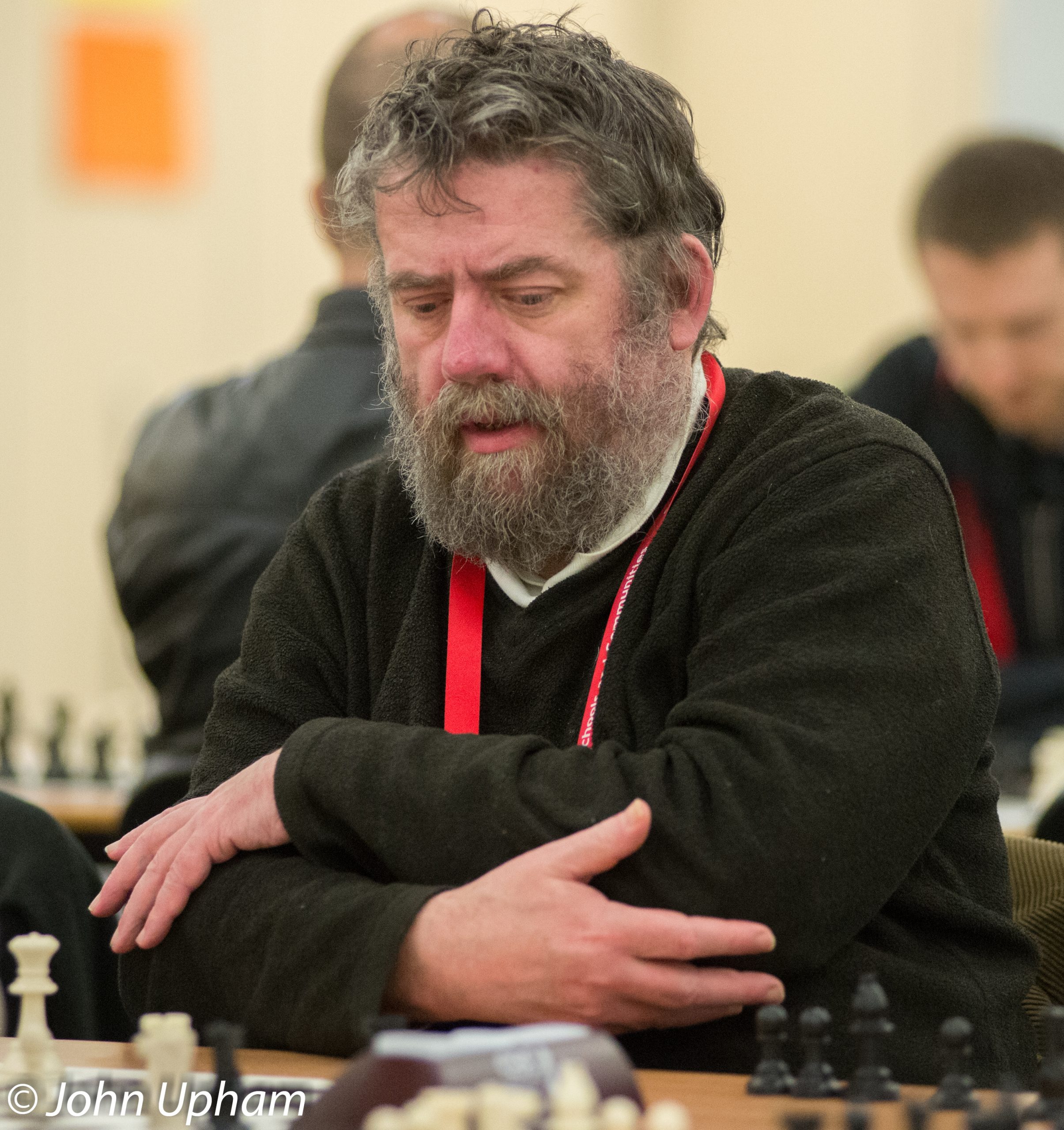
Here is an obituary from the ECF written by Stewart Reueben
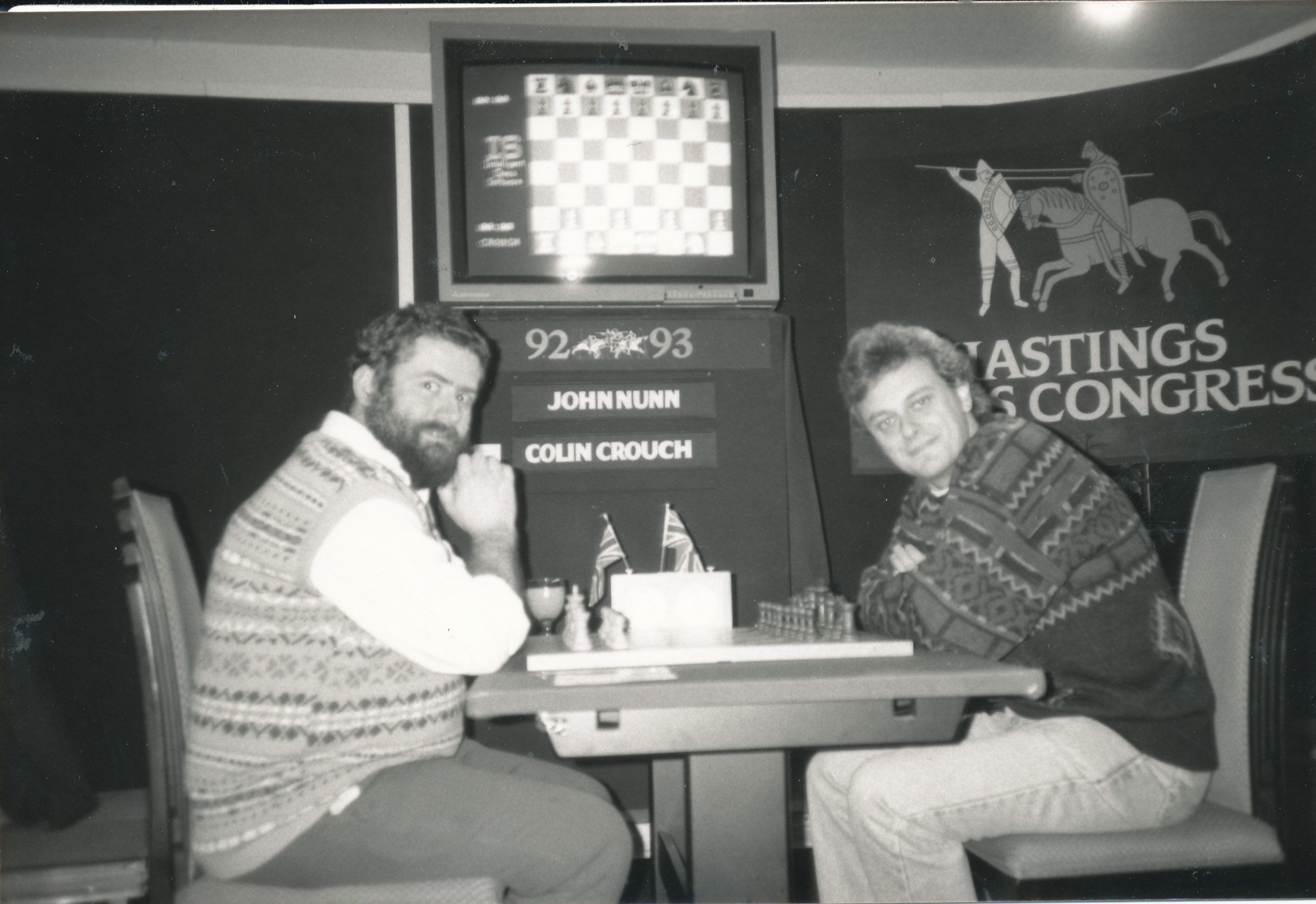
An obituary from Kingpin Magazine
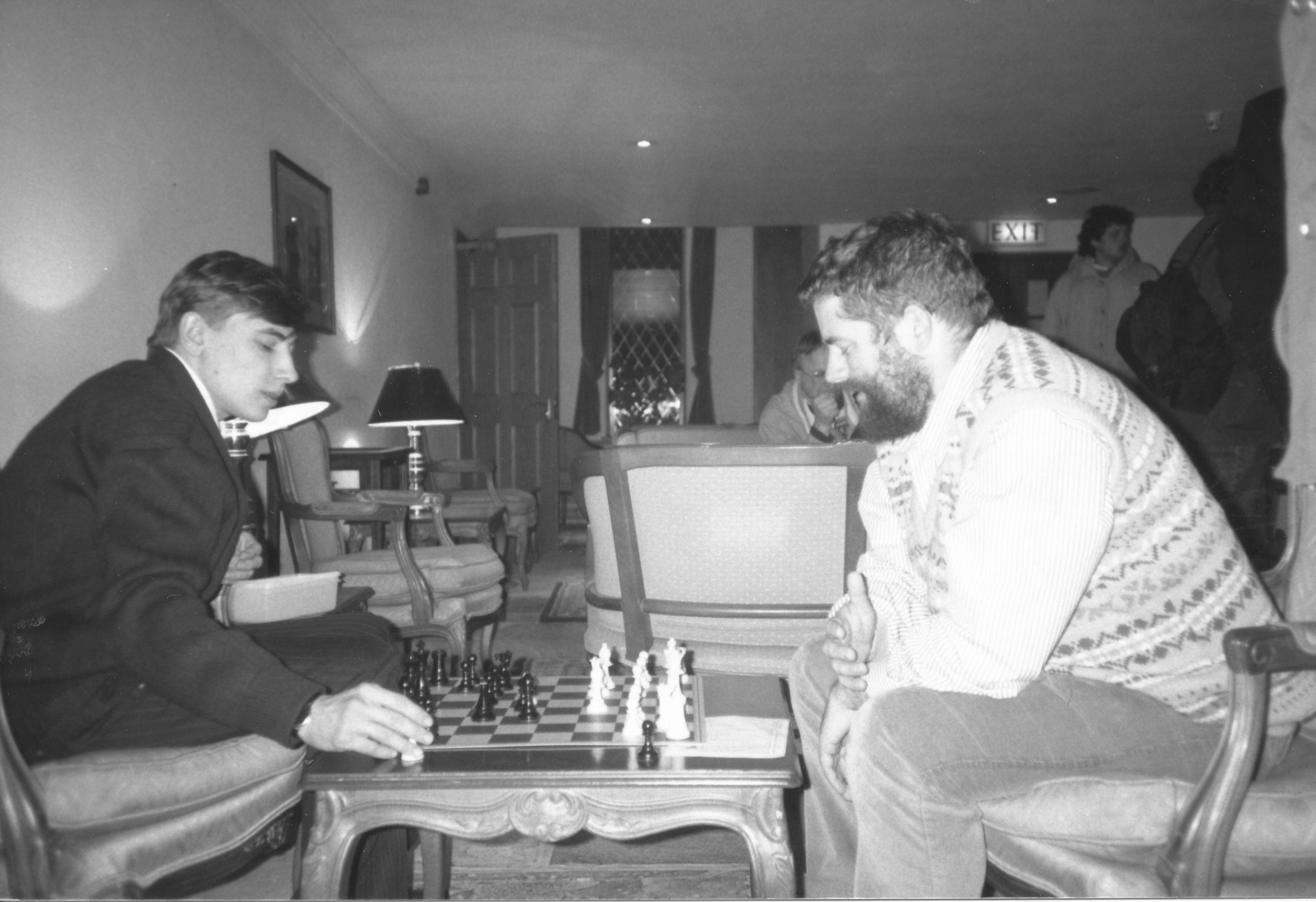
An obituary from The Telegraph written by Malcolm Pein

Colin was Southern Counties (SCCU) champion in the 2000-01 season sharing the title with Jeff Goldberg.
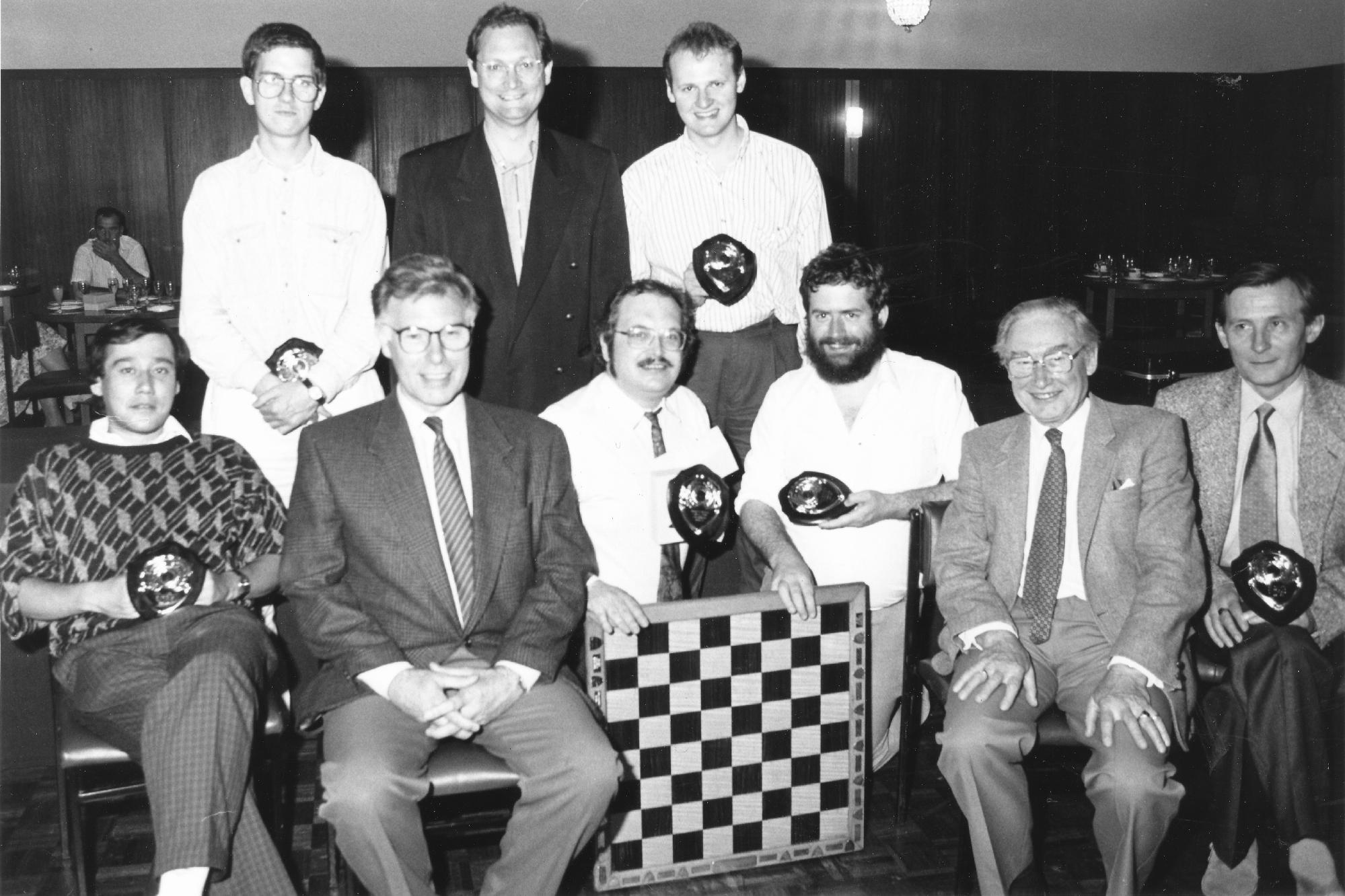
An obituary from The Guardian by David Crouch
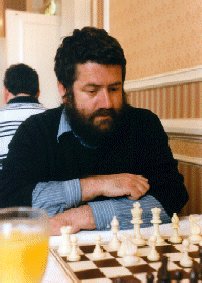
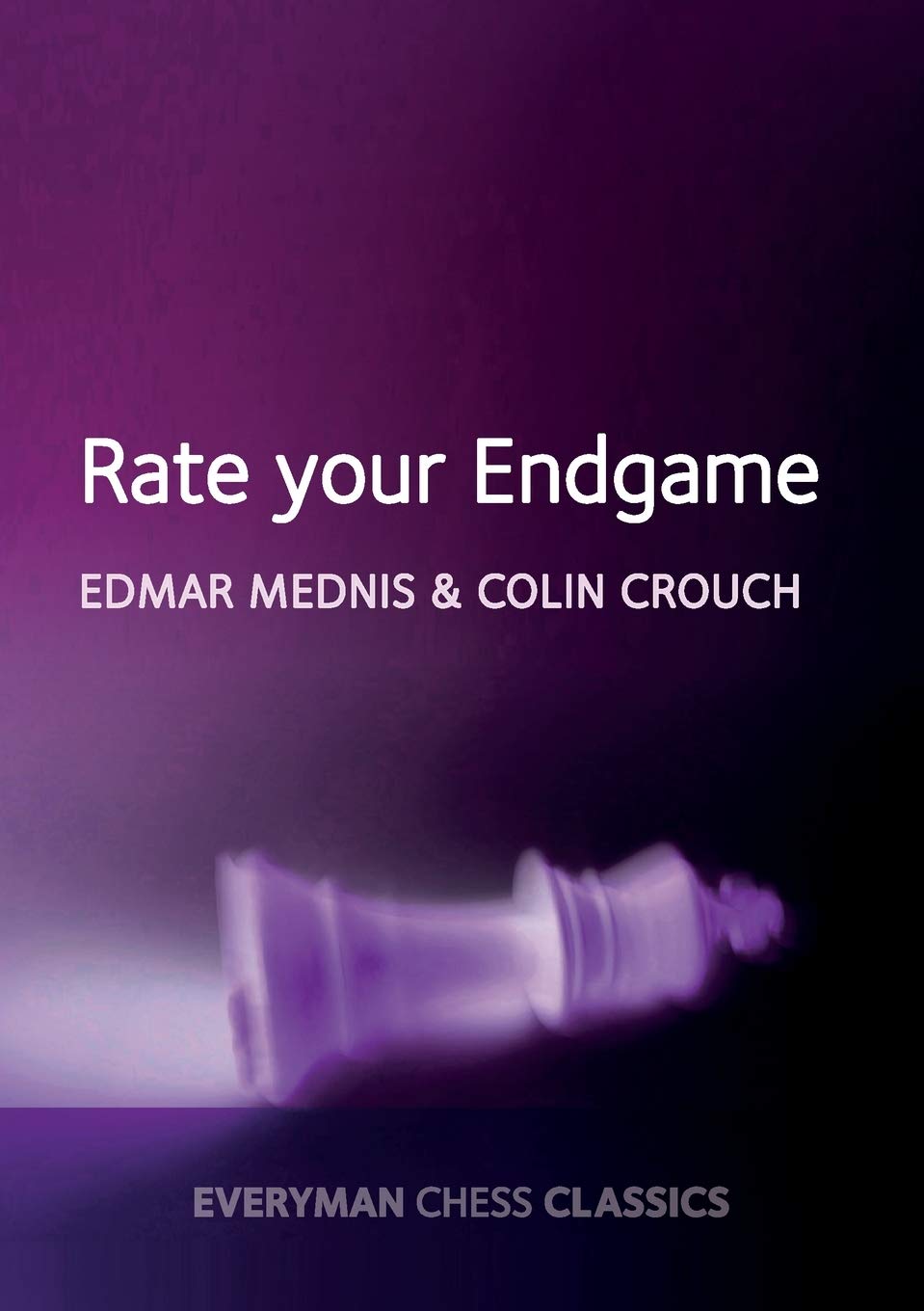
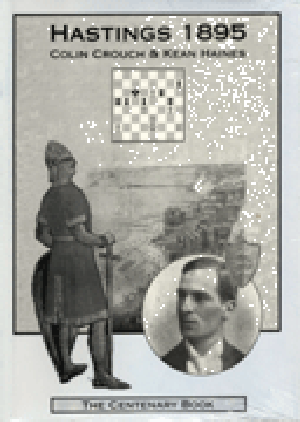
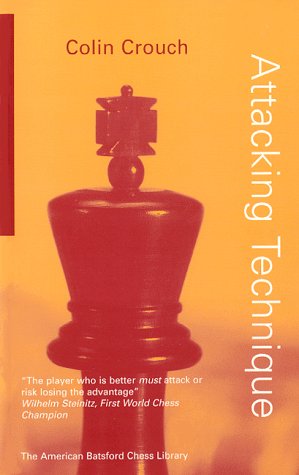
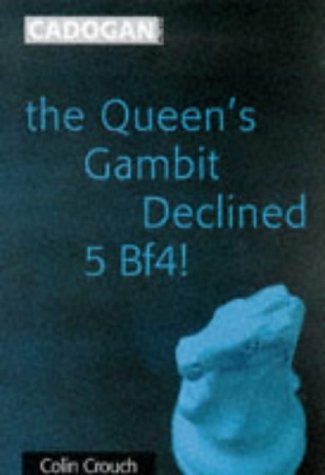
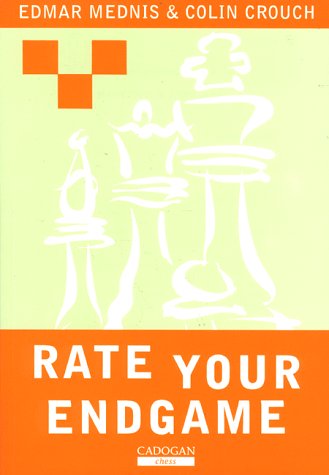
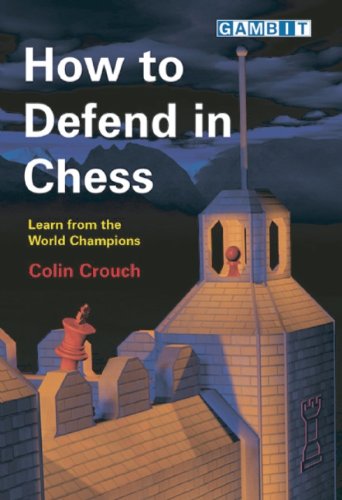
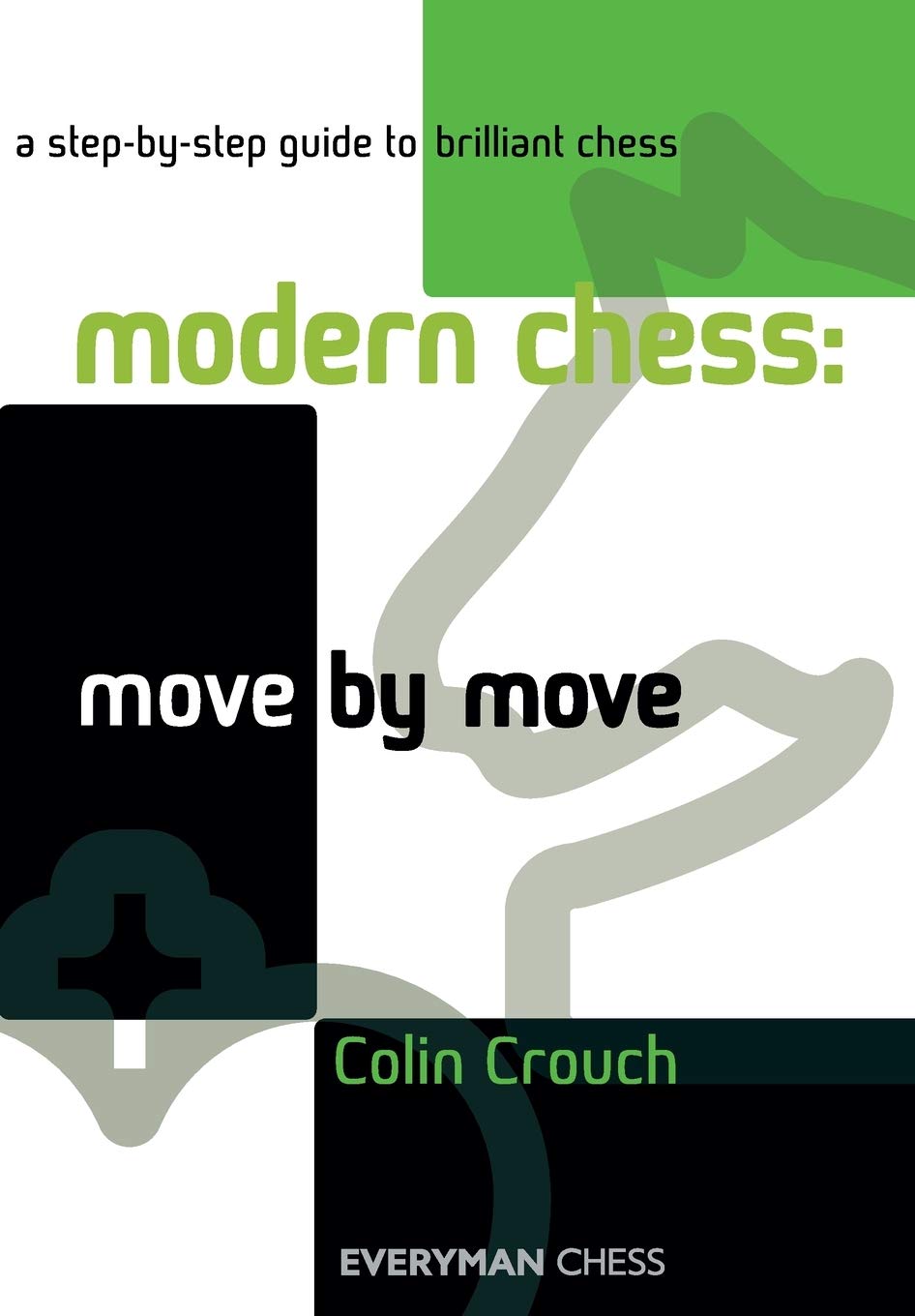
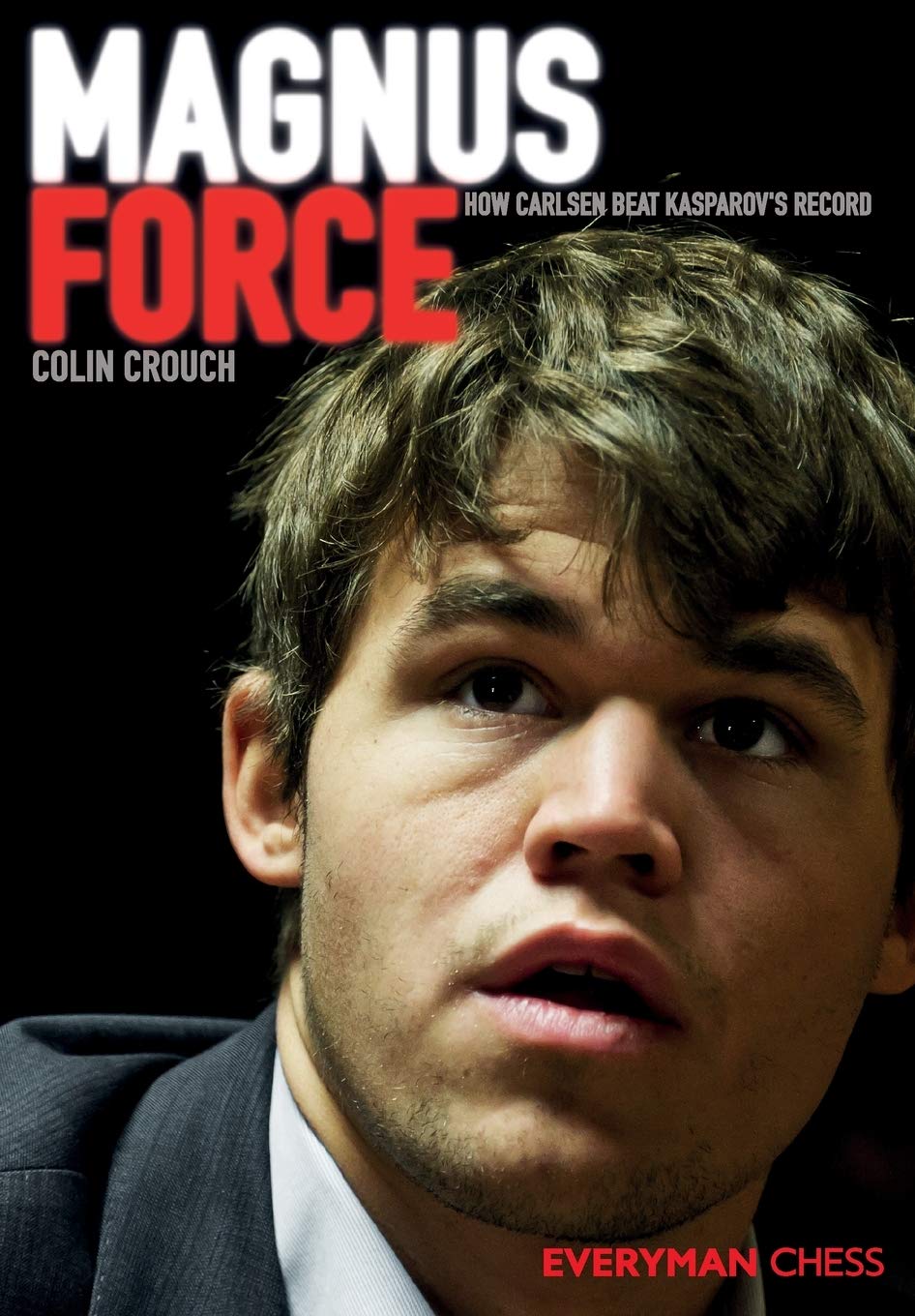
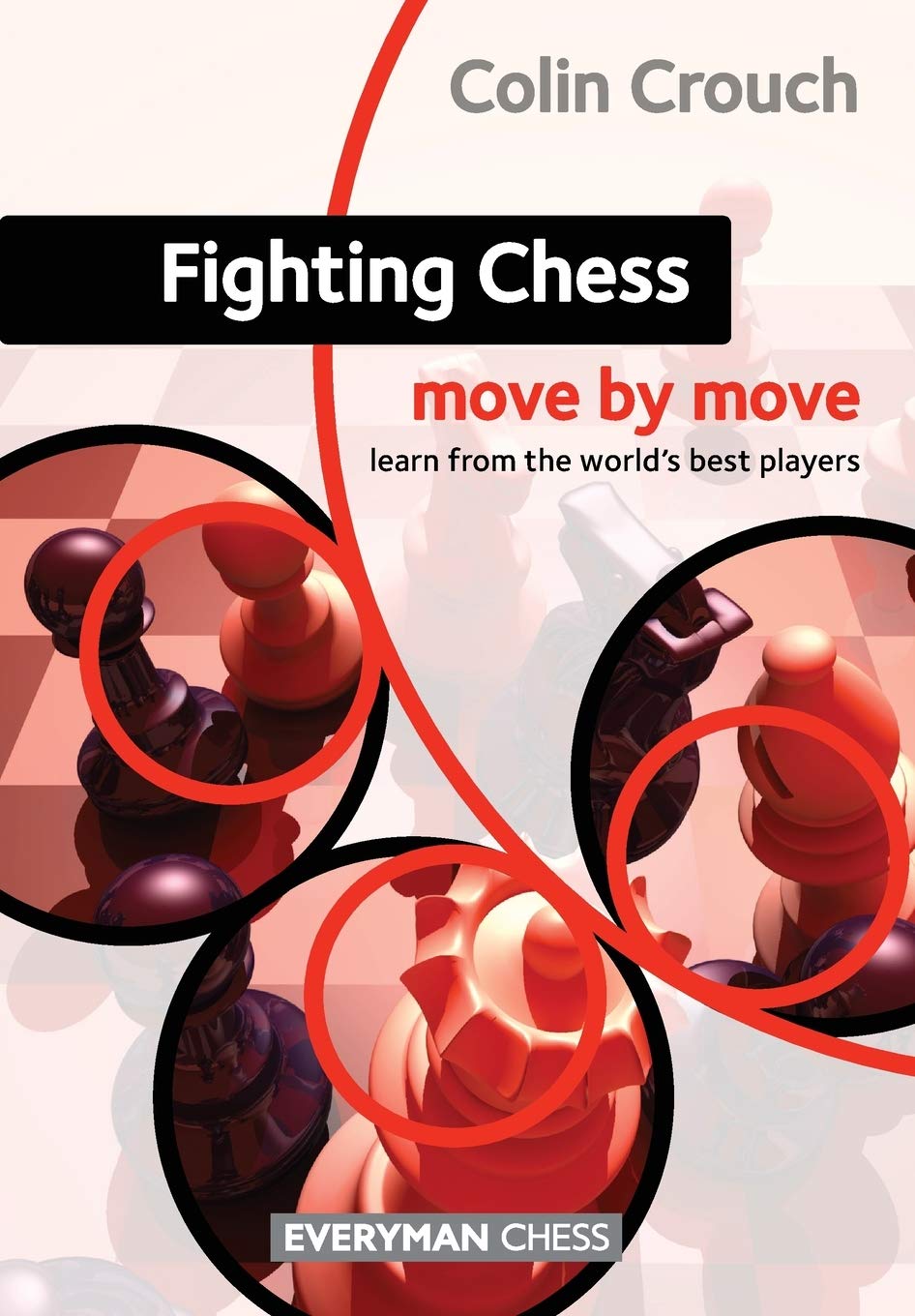
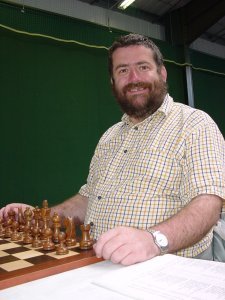
BCN wishes a happy birthday to Peter Markland born on Friday, April 13th, 1951
From the rear cover of “Sicilian:…e5 :
“P.R. Markland is a British Master, and a member of many English international teams, including those at the 1972 and 1974 Olympiads, and is also a British correspondence international”
Peter first qualified to the British Championship in 1967 (Oxford) and obtained an IM and GM norm at Hastings 1971.
In 1984 he became a Grandmaster for correspondence chess (GMC).
Peter became a banker and lives in Woodbridge, Suffolk, IP13.
Following excellent recent work by Paul McKeown, the English Chess Federation made a request to FIDE to grant Peter the much overdue title of FIDE Master. This was awarded in 2021.
From British Chess (Pergamon Press, 1983) we have this contribution from Peter himself:
“1951 seems to have been a vintage year for chessplayers and although I cannot claim to count myself in the company of Andersson, Karpov, Ribli and Sax we do all share the same year of birth.
Although I learned the moves at the age of 5, I only took any real interest in the game at 13 when I began to play schools chess. Compared with such as Nigel Short I was a very late starter!
I was educated at Bolton School and played for Bolton and Lancashire in my early years. This was fortunate in that all three of these teams enjoyed great success in the late 1960s. In all three teams I played along side Martyn Corden who was to precede my rise to international level himself by playing in the Siegen Olympiad team in 1970. In 1967, I qualified for the British Championship at my first attempt and I was pleased to score 5/11. The following year the school team won The Sunday Times tournament playing without Martyn Corden in the finals.
Up to this time I had concentrated chiefly on junior teams and had won the NCCU junior titles. Over Christmas and New Year of both 1966-7 and 1967-8 I travelled down to play at the Devon Junior Congress at Plymouth but in 1968 I decided to try my luck at Hastings. This proved to be one of the turning points of my career.
I was placed in the Challengers Reserves for 1968-9 and after the first round loss (to the eventual winner) my play gained momentum and I qualified for the Challengers the following year. The intervening year passed quietly with a trip to Ireland in the Glorney Cup. I went up to Balliol College, Oxford in October 1969.
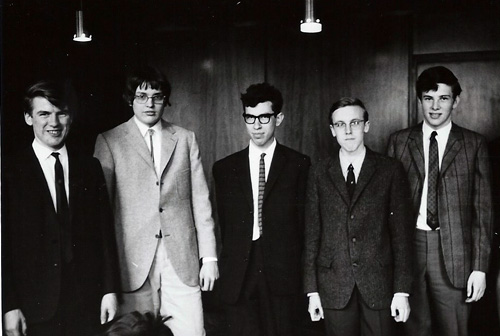
The Hastings Challengers tournament 1969-70 began when I met the same opponent as in the previous year in the first round. This time I managed to come out on top. By the time the last round came, I had played most of the leaders and had 6/8 including two pleasing wins with my favourite defence at the time – the Sicilian Pelikan variation.
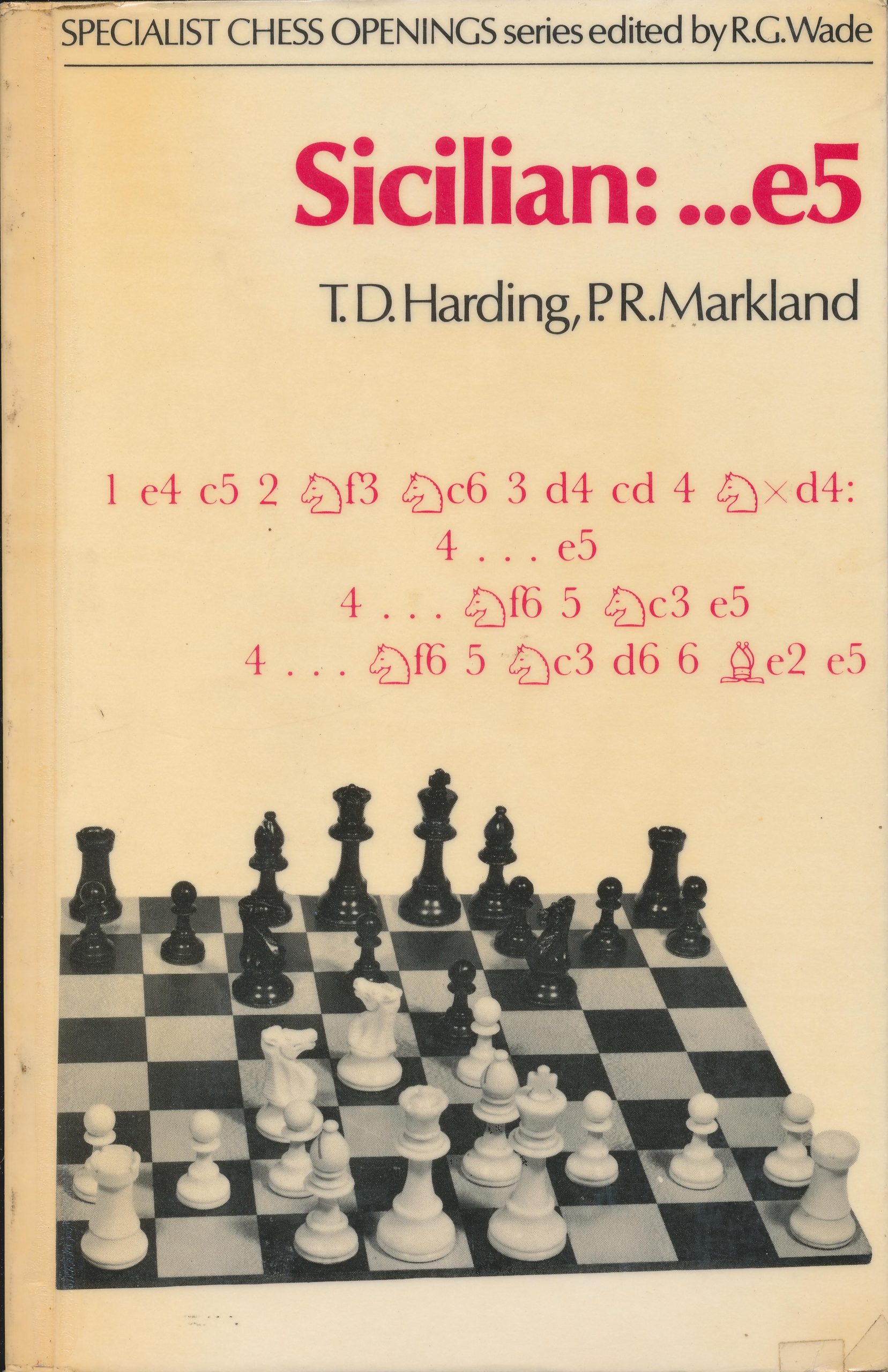
In the last round I was paired against de Veauce who had a reputation as a good strategist and whom I hoped to unsettle tactically. I had white and my plan failed. He outplayed me in the opening and middlegame and I sacrificed my isolated centre pawn to activate my pieces.
So I then had to wait had to wait to see the other results before I could confirm a somewhat lucky place in the Premier.
In 1970 I had the opportunity to travel with the student team to the Olympiad in Haifa. My score of 5.5/7 was reasonably pleasing but the standard of opposition was far from good.

At the end of the year came the Hastings Premier – a tournament which I can only describe as the highlight of my career. I began nervously and lost a nondescript game to Uhlmann in the first round. My confidence grew with two comfortable draws with Portisch (the eventual winner) and Keene. In round four I met the surprise leader, Mestrovic (who had 3/3) and perhaps partly due to the fact that this game was played on 1st January I won convincingly in 18 moves.

The next four rounds brought an uneventful draw with Wade and three exciting encounters with Byrne, Krogius and Gligoric all of which after several reversals of fortune ended in draws.

In the last round I was to play Hort who needed to to win to gain a share of first prize. He played a horribly passive opening and by move 14 I was already well on top. To try to compensate he snatched a queenside pawn and gave me the chance to play the type of move one can only dream about!
This victory meant an equal second on 5/9 with Gligoric, Hort, Krogius and Uhlmann and both a GM and IM norm.
As a result of this I became a regular member of the England side. During 1971 my results were erratic, possibly caused by too much play. I was pleased with my 3.5 score in my first Clare Benedict, although I lost my first game for England due to nervousness and I was first equal with George Botterill in the Slater Young Masters at Hastings (again). Here I declined a last round draw offer, blundered almost next move and lost to an up-and-coming junior by the name of Michael Stean! On the debit side my performances in the British Championship, The Oxford International Congress and the Robert Silk tournament left room for improvement.
Whilst playing with Bolton in the National Club Championship, we had never won the competition although we had reached the semi-finals many times. This year, 1971, playing for Oxford University, we won the tournament beating our old rivals Cambridge University in the final on board count.
The Hastings tournament of 1971-72 saw me firmly entrenched near the bottom. It is very difficult in this type of international tournament when one becomes marked as an out-of-form player. All the other players make extra efforts to beat you and this drains your strength further.
My main problem at Hastings was a lack of defence to 1.e4. I lost five games against this move. In the last round I had a very interesting struggle against Karpov who needed to win this game to tie first with Korchnoi who had beaten him in the previous round, but the strength of 1.e4 proved too much.
The summer of 1972 saw the advent of my University finals and thus I played very little for the first six months of the year – even I had to decline an invitation to the Teeside GM event. Later in the year I played in the student Olympiad in Graz and then in the Olympiad is Skopje.
In the preliminaries we had drawn Yugoslavia and Switzerland, who were the only other teams likely to qualify for the ‘A’ final. We missed qualification narrowly and I think that every team member had one poor result in the qualifying rounds – mine being a scraped draw against a Syrian team.
We won the ‘B’ final by beating the Israeli team in the last round and I felt pleased by my score of 11.5/16 with no losses. Indeed, in my last round game with Balshan I was quite rightly instructed to agree a draw in a winning position to secure the team’s first place.
I feel that this tournament from my point of view aptly demonstrates the difference in title norms in the early 1970s and today. I played five players who had no Elo ratings and only four titled players. Hence an IM norm would not have been available under any circumstances. The main reason for the lack of Elo ratings in 1972 was that the new system had only just been introduced and for many players this was their first Elo-rated tournament. In the last Elo list, all but one of the sixteen players are rated, there are now four GMs and five IMs amongst my opponents and the norm figures would be 10.5/16 and 12.5/16 for IM and GM respectively.
Here is my best game from the Olympiad. It is indicative of an early combination prevailing through into a winning ending.
In 1973 I was once more plagued by too many invitations and played indifferently throughput the year. The only bright spots were my score of 3/7 on boards 3 and 4 of the European Team Finals and second place in the Woolacombe International.
1974 was once again an Olympiad year. The England team won the Clare Benedict for the first time in Menorca and I was able to contribute 5/6 winning both a board prize and the best score prize. I was drafted into the Olympiad team as a late replacement and although we qualified easily enough for the ‘A’ finals this was in no way due to my efforts as I had a 50% score in the preliminaries.
We had qualified for the ‘A’ final with one round to spare and our last group match against the USE (from which the score was to be carried forward) began the final matches. It had been decided, as a tactical measure and in our view of our differing styles, that I should take black whenever we had this colour on the fourth board, so that Whiteley and Stean could utilize a greater proportion of whites. This worked to a limited extent and indeed, Stean obtained an IM Norm. Also, as it worked out I played in matches against seven of the top eight teams (being rested against Yugoslavia) and only three teams below us. In the end, I was pleased with my +3 =1 -4 with black in the finals to give overall a 50& score.
During 1973 and 1974 I was co-author of two books in the Batsford opening series, both with Tim Harding on Sicilian Defence variations.
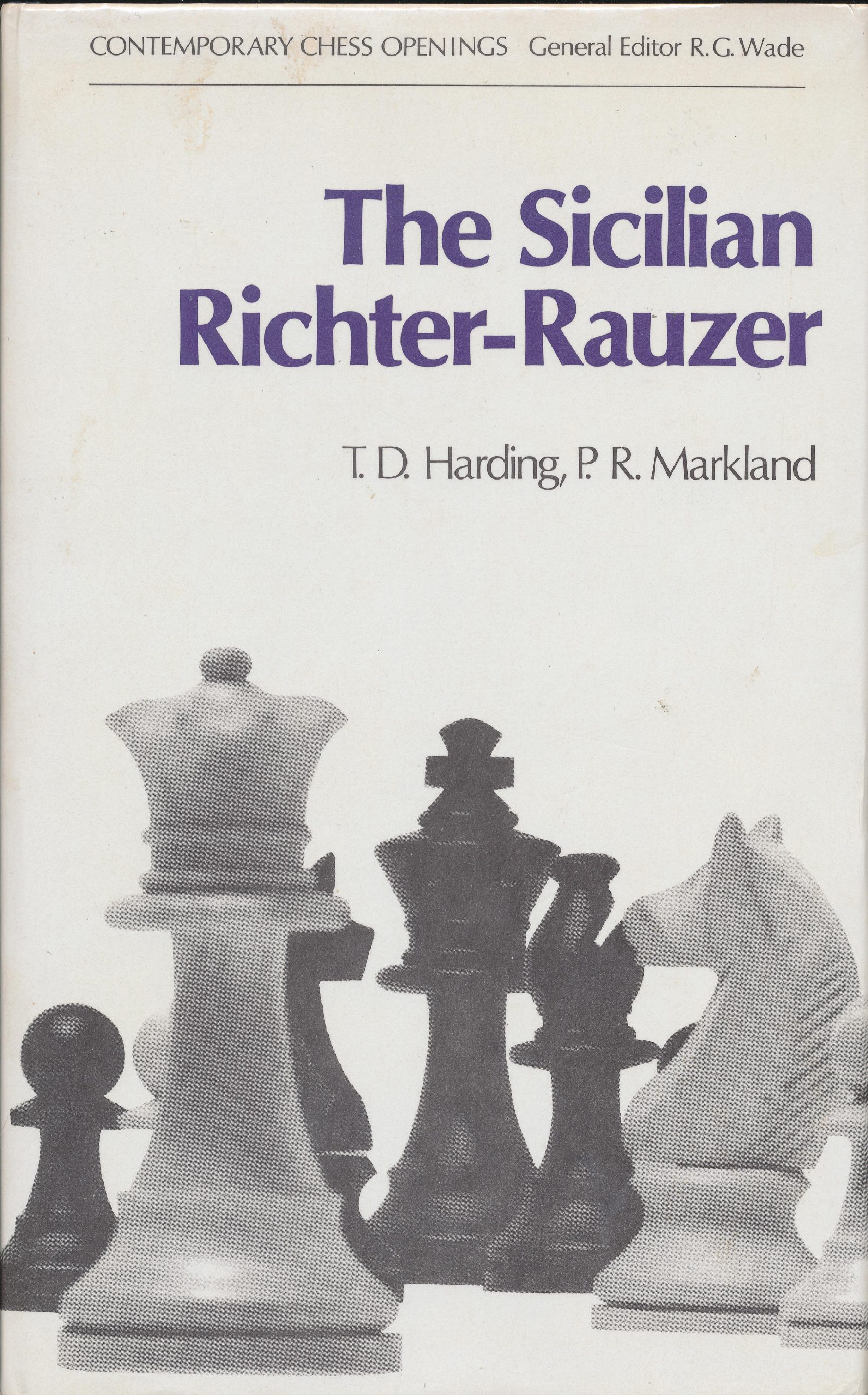
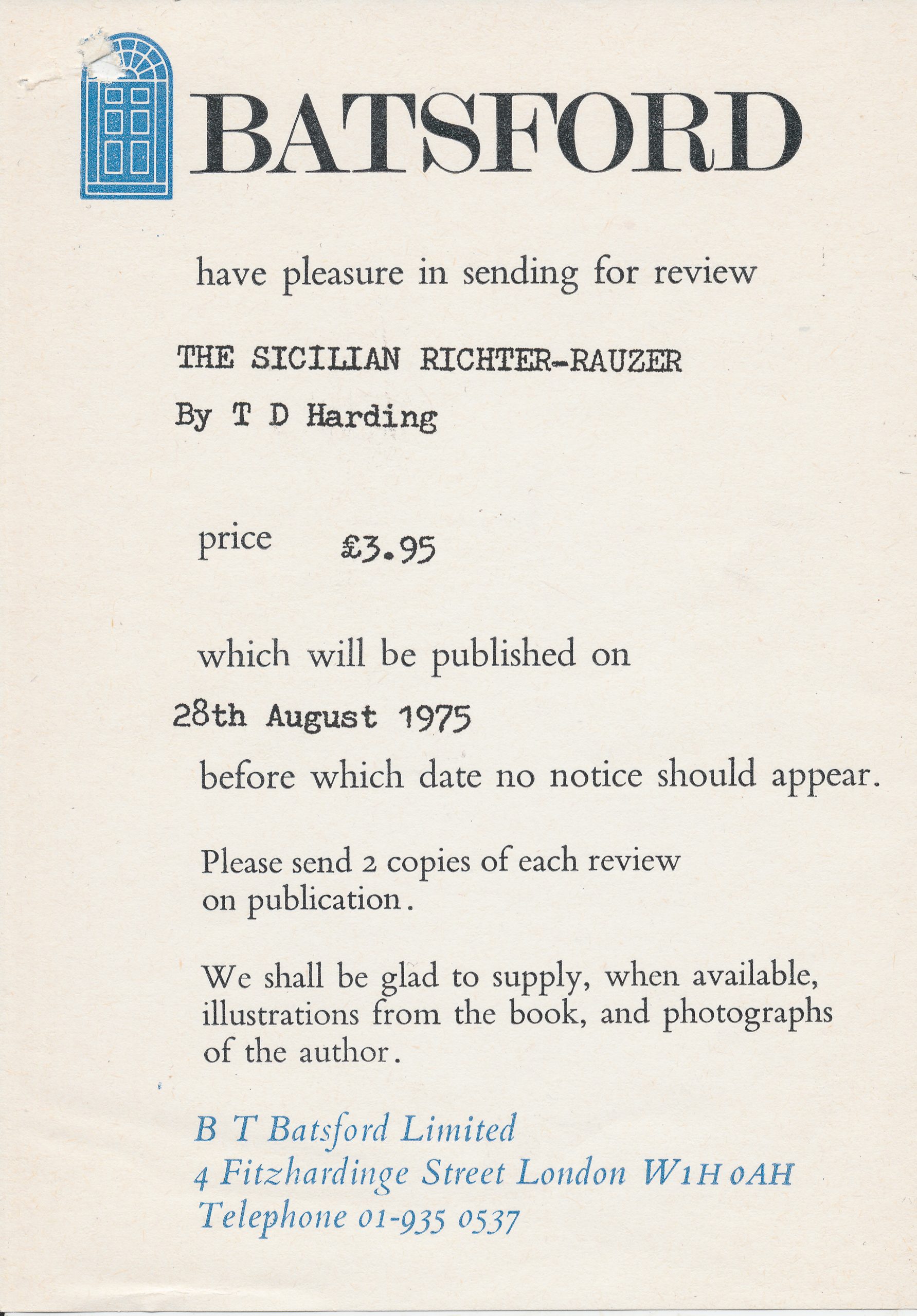
I also wrote a best game collection of Karpov which was by far the most interesting of the three books to write.
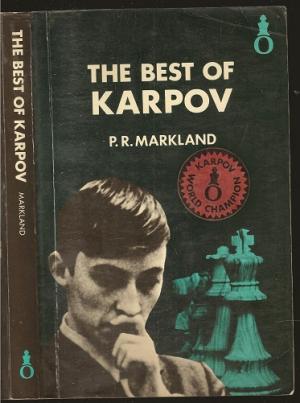
At about this time, I decided to embark upon a career in banking and to abandon that of a professional chessplayer. Since then I have concentrated on correspondence chess.
Having received master certificate, I entered a European and World tournament in both of which I finished first. The second of these two results qualified me for the world Championship Semi-finals. But first attempt in the eleventh championship ended in failure to qualify.
As a result of an invitation received by the BPCF I played in the Eino Heilimo Memorial Grandmaster event. I have , however, qualified as a postal IM by scoring the required seven points and had an outside chance of trying for first place at one stage.
Here is my best game from this event.
Here is his brief Wikipedia entry.
The English Chess Forum has discussed Peter.
Peter’s games are here.
BCN wishes happy birthday to IM Harry James M Grieve (12-iv-2001).
He was born in Guildford and spent most of his childhood a resident of Fleet in Hampshire before moving to Camberley, Surrey.
Here is an article from Harry’s school, RGS Guildford.
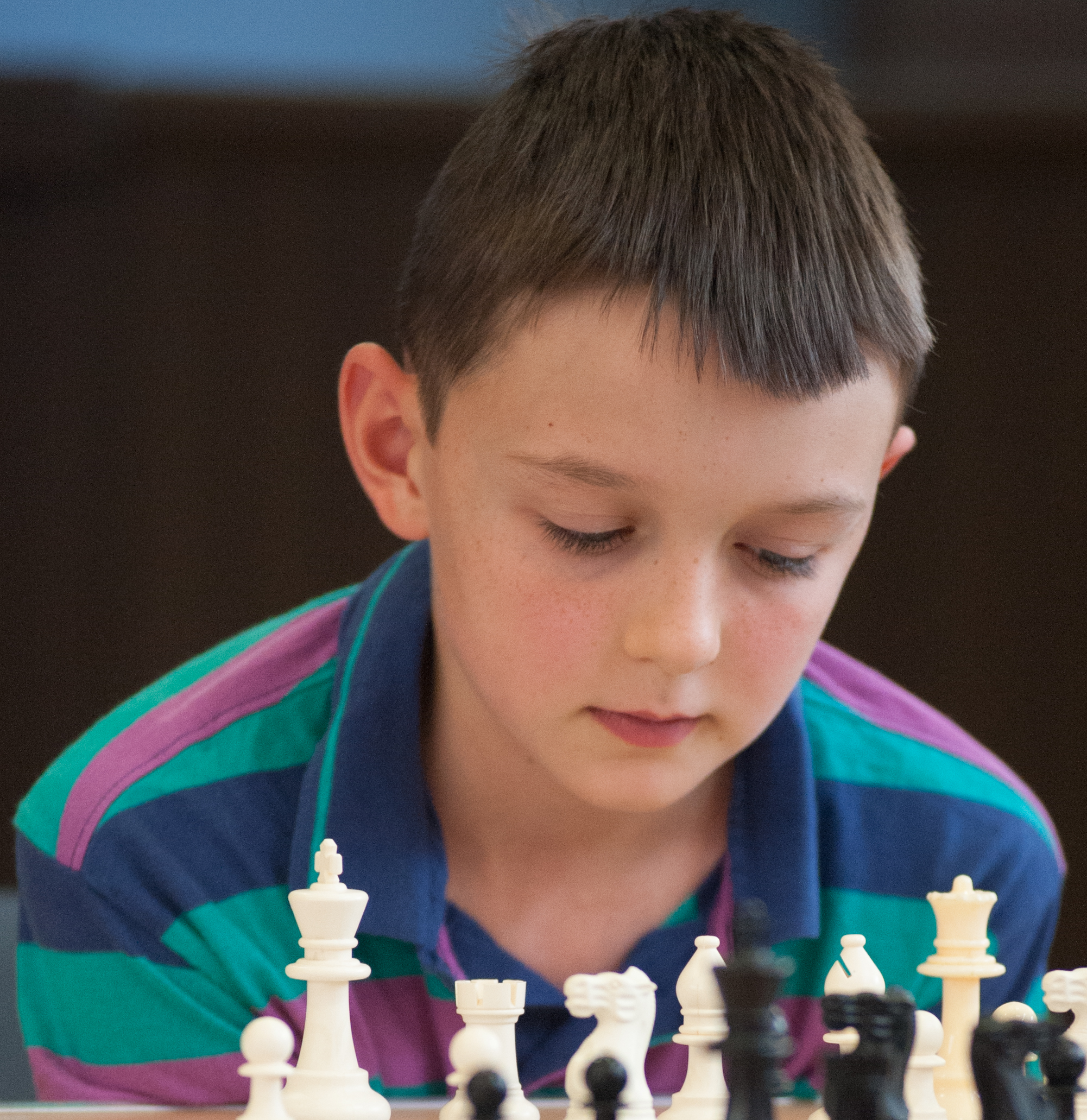
Harry is studying mathematics at St. Catherine’s College, Cambridge having previously been a pupil and member of the strong chess team of Royal Grammar School, Guildford with team mates such as Alex Golding.
He started his evening league chess in the Cody Sports and Social Club with Fleet & Farnborough Chess Club (same as Simon Williams) and then transferred his allegiance to the stronger Farnham chess club playing top board in many matches.
He was recruited to the AMCA 4NCL team by IM Andrew Martin and then played for the BCM 4NCL team and now plays for Guildford in 4NCL and Farnham in the Surrey Border League.
Round 5 of the Caplin Hastings International Chess Congress featured the board 10 clash between one of England’s stronger Grandmasters, Danny Gormally (2508) and FM Harry Grieve (2299).
Here is their game :
Following this game Harry needed 2.5/4 to obtain his first IM norm.
In January 2022 Harry travelled to Roquetas de Mar in Almeria, Spain for the 33rd Roquetas de Mar Open where he scored 7/9 and his first IM norm. Harry kindly agreed to annotate his best game from this event for BCN:
Here is hoping that further norms will be shortly forthcoming!
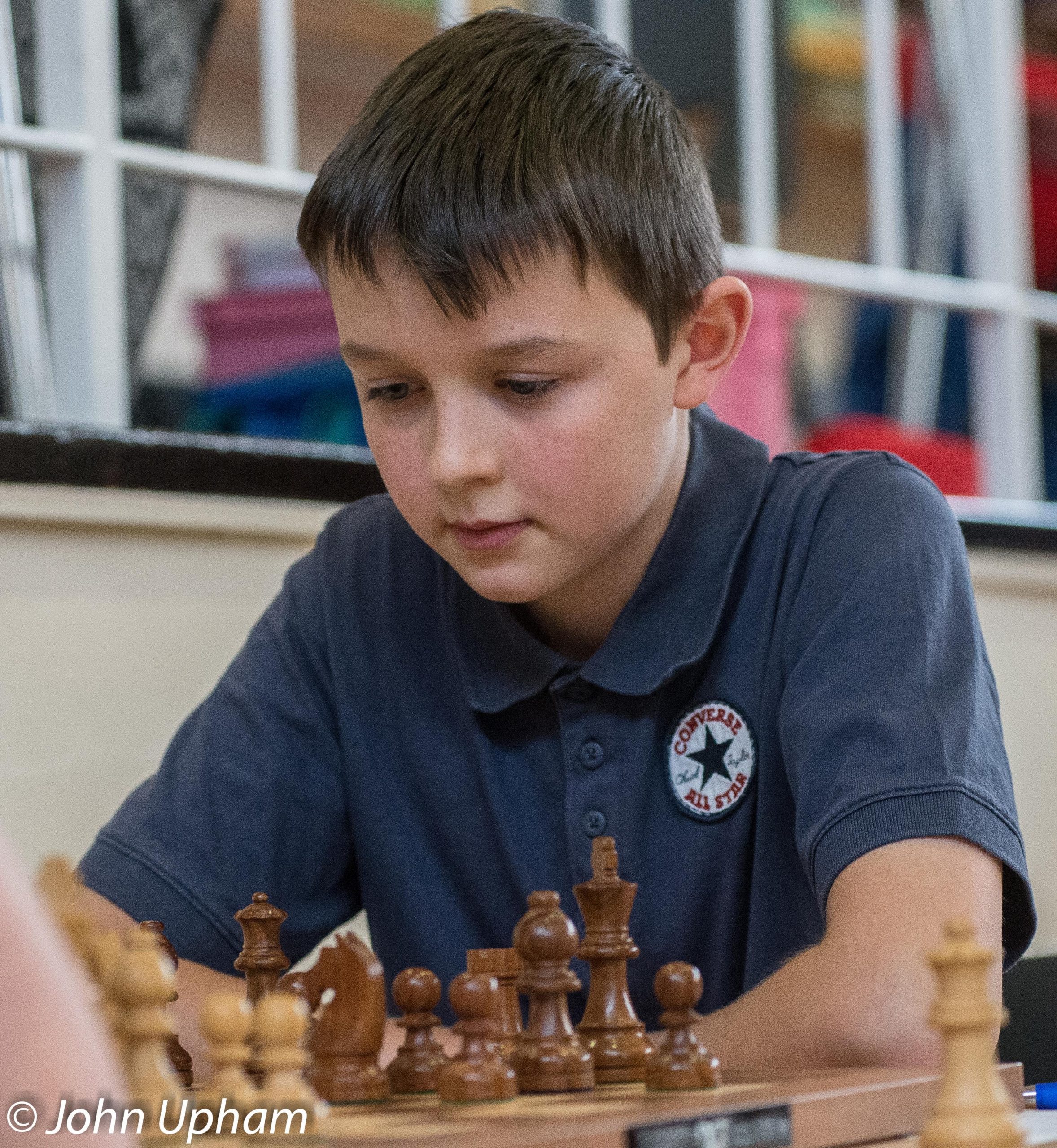
At the fourth FIDE Council of 2022 Harry was granted his full IM title.
His performance at the Chessable British Chess Championships 2022 of 7.5/9 was sufficient to gain his first GM norm exceeding the requirement by 0.5 points.
During the 2022 / 2023 4NCL Harry played for “The Sharks 1” on various boards with his team taking full advantage of the FIDE 80 point rule to vary their board orders. Harry played in every round and scored 9.5/11 earning his second GM norm.
Surely the third and final one will be achieved in 2023?
Remembering Rev. Charles Edward Ranken (05-i-1828 12-iv-1905)
From The Encyclopedia of Chess by Harry Golombek :
“A leading member of the formidable band of reverends who played such a strong role in early Victorian English chess, he is described as ‘one of the writing rather than the fighting clergy in chess’ in P. W. Sergeant’s Century of British Chess. Though he learnt chess at an early age’ he made his first really earnest study of the game when he was an undergraduate at Wadham College, Oxford 1847-50, in particular devoting himself to a theoretical study of Staunton’s Handbook, which he rightly regarded as a great landmark in chess literature.
On leaving Oxford he competed in the provincial section at London l85l where he came second to Boden.
In 1867 he became vicar of Sandford-on-Thames and lived at Oxford where, in collaboration with Lord Randolph Churchill (Winston’s father), he founded the Oxford University Chess Club
and became its first President.
Resigning his living at Sandford in 1871, he went to live at Malvern where he stayed till his death. He played in many of the congresses organized by the Counties Chess Association, his best result being 1st in the first class section at Malvern 1872 with a score of 12 points, followed by two other reverends, Thorold 11.5 and Wayte 10.5. It was at this congress that he brought about a reconciliation between Staunton and Löwenthal who had been estranged for a considerable time.
He played in the Yizayanaqaram tournament at London 1883 and started well but his health gave way after the first week and he divided fifth place with G. H. D. Gossip.
His chief importance during the later stages of his chess career was as a writer, first as editor of the Chess Player’s Chronicle in 1877 and later as a member of the staff of the British Chess Magazine in which he wrote on many aspects of chess but specialized in analysis (of the openings, middle-game and the endings)’ In 1889 he published, in collaboration with E. Freeborough, Chess Openings Ancient and Modern. (London)’ ( H’G’)
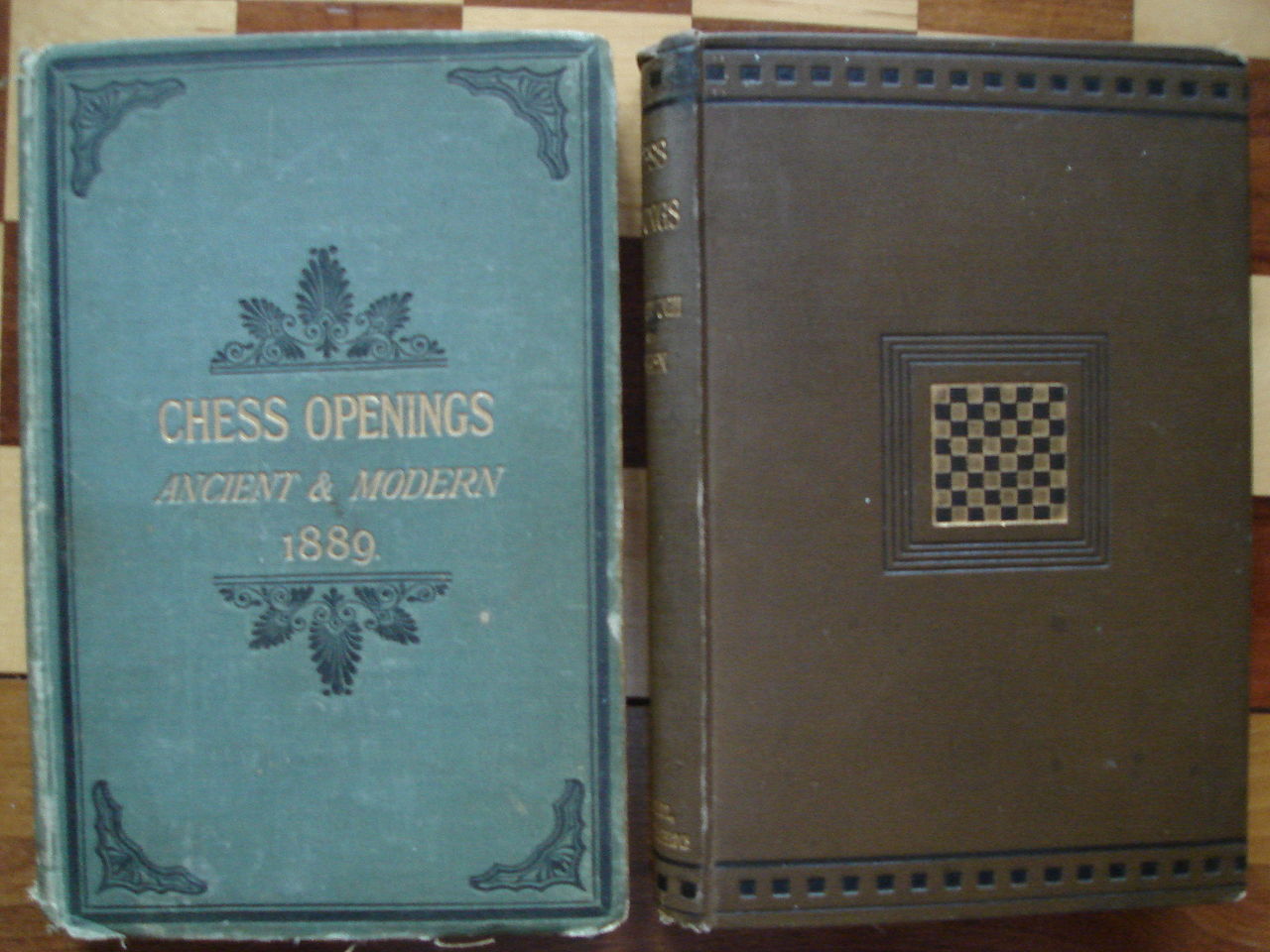
The Ranken Variation is a good line for White in the Four Knights Opening, analysed in the Chess Players Chronicle, 1879 by
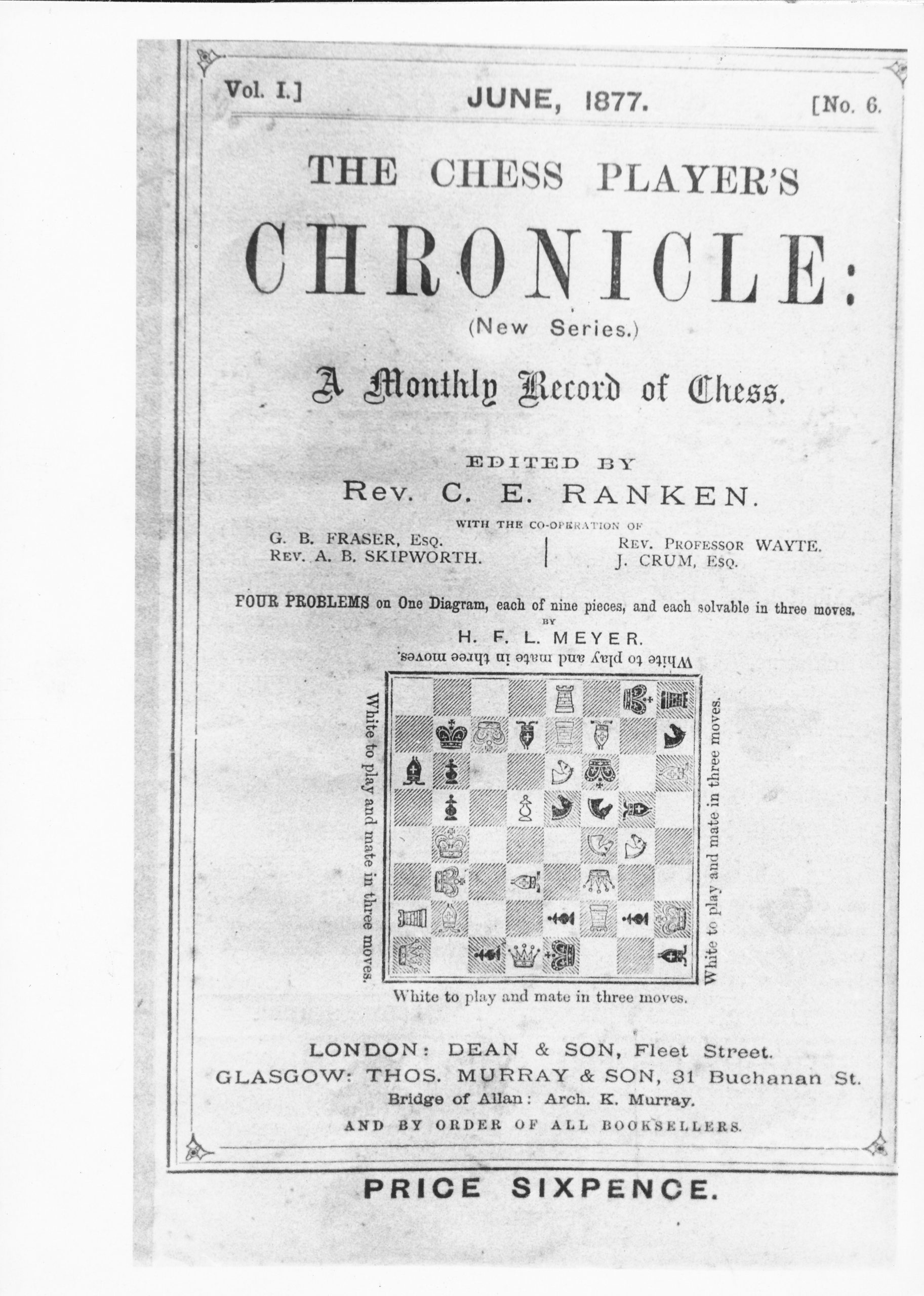
first president of the Oxford University Chess Club.”
Birthday of FM Erik Oskar Michael Charles Teichmann (11-iv-1961)
Erik was born in Westminster, London, his mother Jenny (née Jorgensen) being Danish and his father was Max Teichmann (thanks Richard James!). Jenny Teichman was a Philosopher.
They lived in London for two years and then emigrated to Melbourne, Australia until Erik was six when Erik and his mother moved to Cambridge, England. Erik played much chess in England including the British U-18 and U-21 championships, Lloyds Bank events.
This was written about Erik when he was 17 just prior to the Spassky vs the BCF Junior Squad simultaneous display :
“Perse School and Cambridge city. Rating 190. Cambridgeshire men’s champion. 2nd British under-18 championship, 1978.”
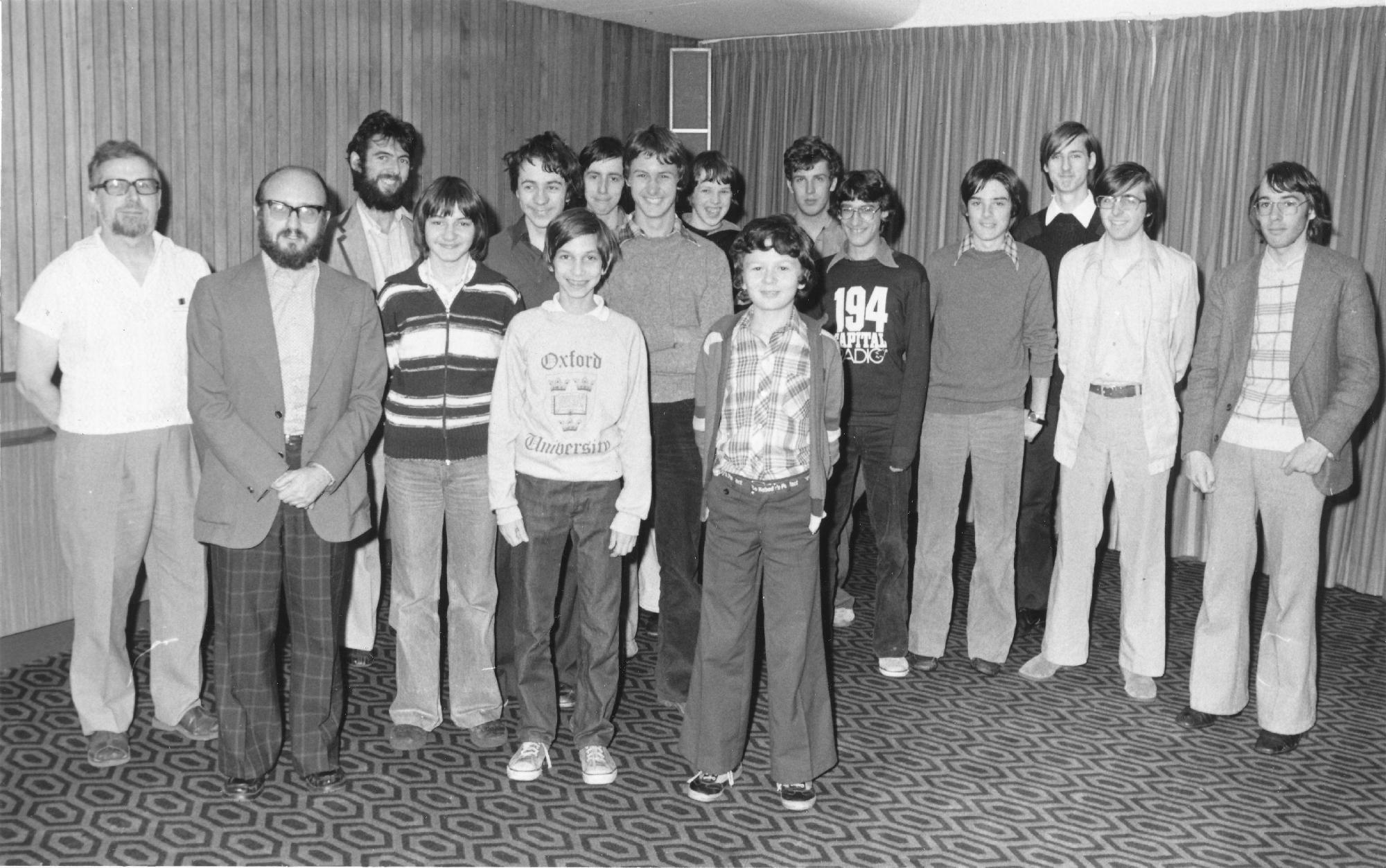
and the Islington, Lewisham, Charlton and other opens swisses. Erik played for Oxford University (Magdalen College) in the 1982 (100th) Varsity Match drawing with Gareth Anthony (Trinity Hall).
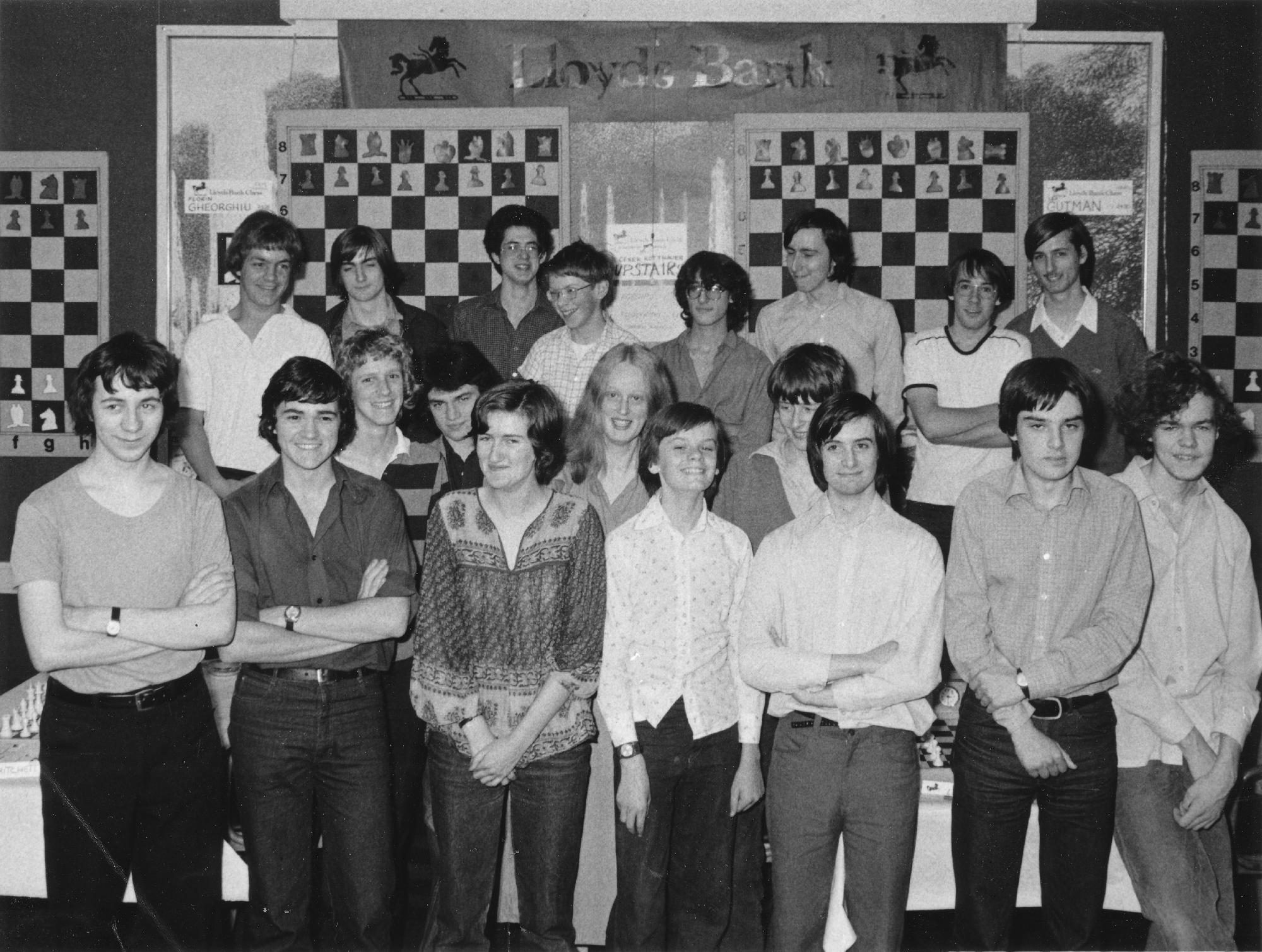

In 1985 Erik emigrated once more to Australia living in Eltham, Melbourne and became a lifestyle guru and coach.
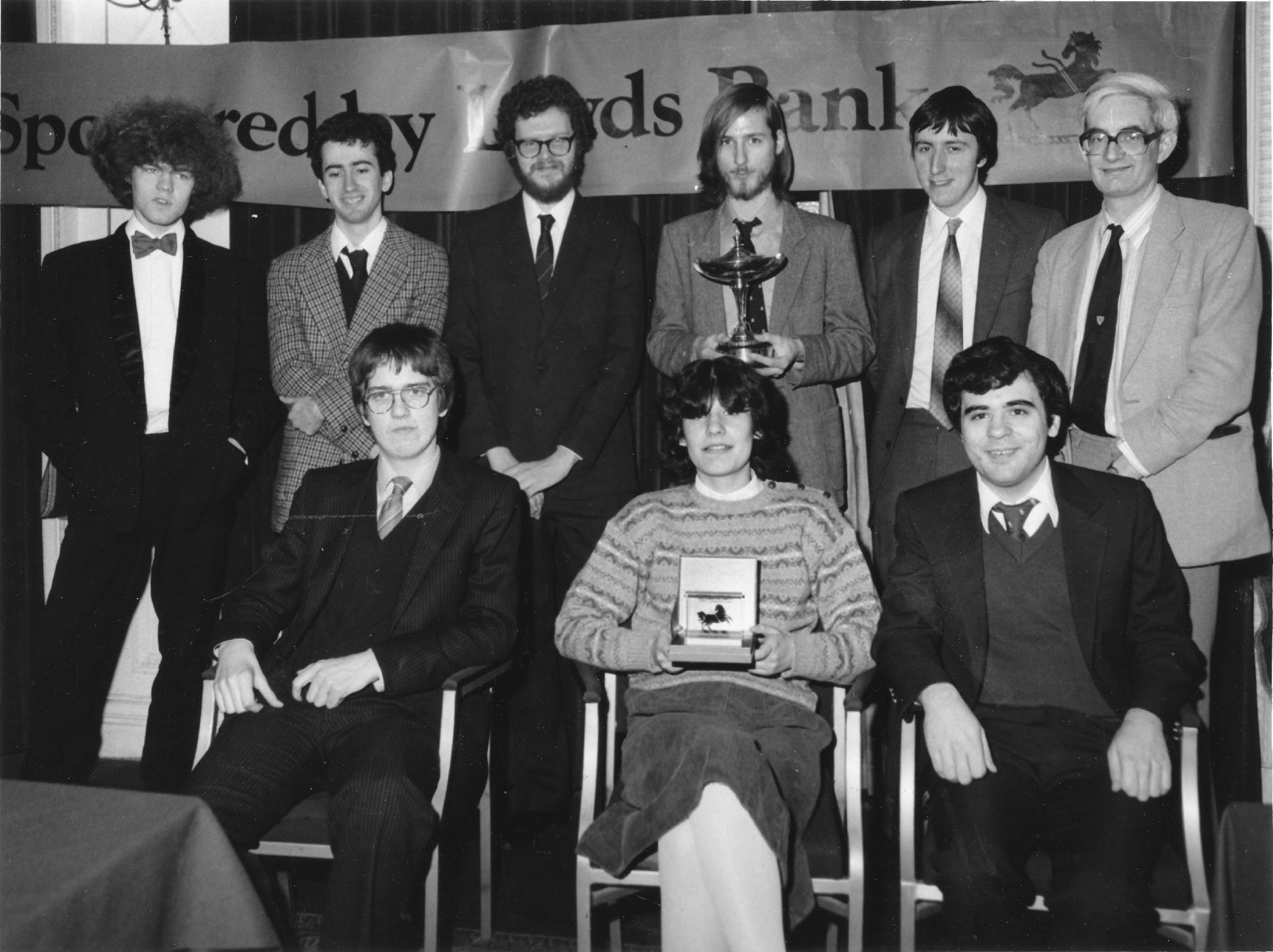
Erik became a FIDE Master in 1990 and his peak rating was 2388 in July 2010.
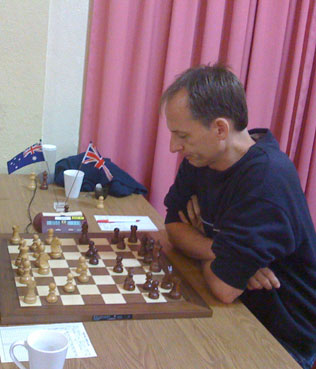
From Chessgames.com :
“FIDE Master Erik Oskar Michael Charles Teichmann won the Nova Scotia Open in 1999.”
Here is Erik’s favourite game :
Erik now lives in Lyon, France with his girlfriend, both being Buddhists.
Erik has been faithful to the Polish or Sokolski Opening and anyone contemplating playing this should study his games. Erik very recently played Tony Kosten in France and maybe we will see him on our shores once more to play in 4NCL !
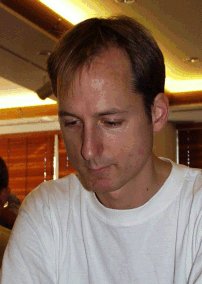
BCN remembers CGM Keith Richardson who passed away on Monday, April 10th, 2017.
Keith Bevan Richardson was born in Nottingham, on Thursday ,April 2nd 1942. On this day : The comedy film My Favourite Blonde starring Bob Hope and Madeleine Carroll was released.
Keith’s parents were Arthur (30) and Hilda May (née Nicholls, 25). He married Sandra Sowter on the 11th of September 1971 in Sutton Coldfield, Warwickshire. They had two children, Neil and Ian. They lived at 19, The Ridings in Camberley, Surrey.
Sadly, Keith was diagnosed in the 1990s with Parkinson’s disease and became unwell whilst playing in a chess tournament in Cannes in April 2017 and passed away on the 10th of May 2017. Keith was 75. He continued to actively play chess into his final year.
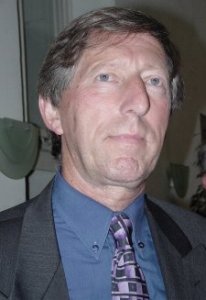
Keith was the Treasurer of the Friends of Chess during the period known the English Chess Explosion (late 1970s and 1980s).
Keith received the ECF President’s Award in 2015 for services to the management of the BCF Permanent Invested Fund (PIF) together with Dr. Julian Farrand and Ray Edwards.
From CHESS, Volume 41 (1975), Numbers 729-730 (September), pp. 380 the news of Keith’s success was initially reported:
“BRITAINS’ FIRST CHESS GRAND MASTER
The first grand master title to be won by a British player has been achieved in the field of correspondence chess by Keith B. Richardson, aged 33, of Camberley.
The title of Correspondence Chess grand master is awarded by the lnternational correspondence Chess Federation. Keith Richardson fulfilled the norm by sharing third place in the final of the 7th World Correspondence Chess Championship with a score of 11 points from 16 games. The tournament began in February 1972 and results of the last adjudicated games were recently announced making J. V. Estrin U.S.S.R. first with l2 points; J. Boey Belgium scored 11.5; K. B. Richardson G.B. and Dr. V. Zagorovski U.S.S.R. 11.
There are only 25 Correspondence Chess Grand masters throughout the world.”
This was followed in the next month’s issue by a correction and more depth in CHESS, Volume 41 (1975), Numbers 731-732 (October), pp. 30-31:
“K. B. Richardson, though the first Britain to become a grand master by play was preceded by Comins Mansfield as grandmaster of problem composition, a title he gained in 1972. Our report last month did not make this clear.
Keith B. Richardson was born 2 April 1942 and was educated at Nottingham High School. At 16, he passed Grade 8 in Royal
Schools of Music at pianoforte. At Durham University, he obtained a B.A. in French and German and was awarded the University Palatinate (equal to a ‘blue’) in cricket and fives. He could have become a professional cricketer or a concert pianist but
made his career instead with Barclays Bank which brought him to London and a home in Camberley, Surrey, where he has settled down with his wife, Sandra (from Sutton Coldfield!). They now have two baby sons, Neil aged three years and Ian who is only two months old – both born since the final of the 7th World Correspondence Chess Championship began.
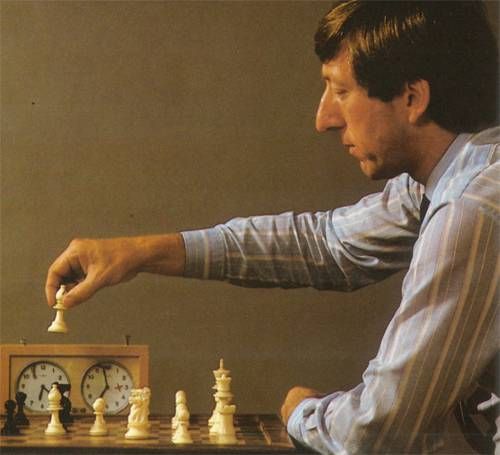
Keith’s other interests include bridge and squash. He plays squash for his bank and is Secretary of the London Squash League. As a young chess player, Keith won the Notts. under l4 Championship, held the Notts. under l8 Championship for four years and the Notts. Championship for two years and was British Junior Champion in 1962. In 1963, he was Durham County Champion and joint winner of the British Universities’ Championship which he won outright the following year. He was twice captain of the British Universities Students’ Olympiad team. He held the Midlands Championship (Forrest Cup) for three years and was joint London Champion and London Banks’ Champion in 1970 but has been content to hold the latter title since then and concentrate on correspondence chess.

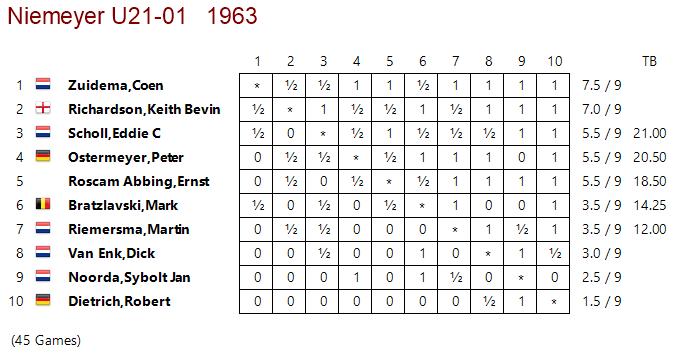
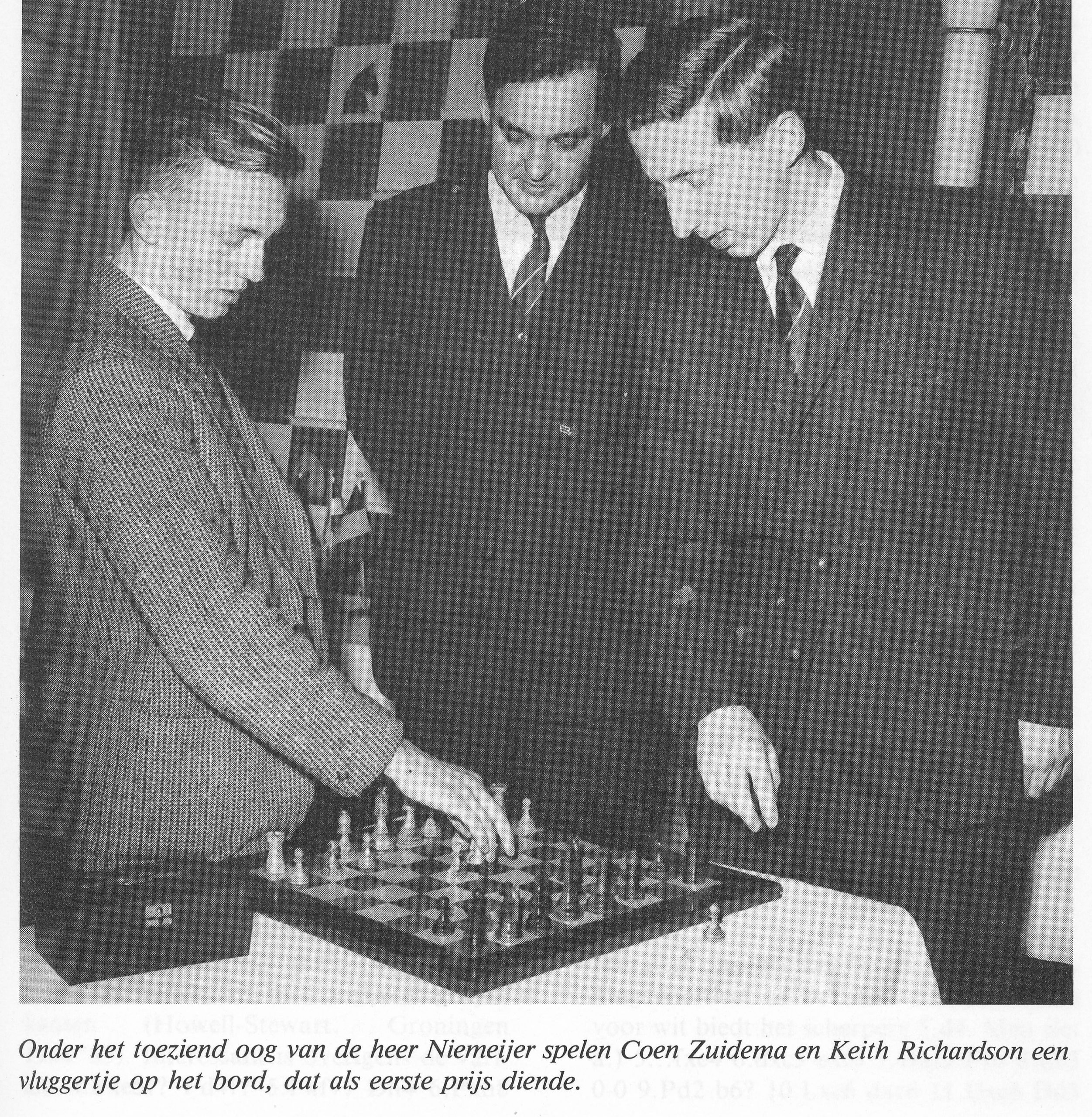
In 1964, Keith Richardson was runner up for the British Correspondence Chess Championship and at the same time won a Master Class tournament of the lnternational Correspondence Chess Federation (I.C.C.F.) which qualified for a place in the World C.C. Championship semi-final. He came second in the 1965-67 semi-final and tried again in the 1968-71 event which he won. At the same time, he was representing Great Britain on Board 5 in the 1965-67 I.C.C.F. Olympiad Preliminary and on Board 4 in the 1968-71 event. His score of 5 points from 7 games helped the British team to win its section in the 1968-71 Preliminary and qualify for a place in the I.C.C.F. Olympiad Final which started in 1972. When Keith began play in the World C.C. Championship Final involving l6 tames, he was also asked to take Board 3 in the Olympiad Final involving another 9 games.
He accepted – a mistake which might possibly have cost him the World C.C. Championship! His next assault on the World title will be in 1979 and in the meantime he plans to play in the next I.C.C.F. Olympiad Preliminary and write a book on the 7th World C.C. Championship.
In this position, with Black in Zugzwang, the game went for adjudication (after more than three years’ play, a very necessary evil):
“In order to substantiate White’s claim for a win, it was necessary to submit three pages of analysis proving that every possible move loses for Black. If the knight moves, White’s king claims an entry. If Black moves the bishop along the a7-g1 diagonal, White plays Ba5. If the Black bishop moves on the d8-a5 diagonal, White plays Bd4 : KBR”
The game was adjudicated a win for White. This was only defeat inflicted upon the new World Champion.
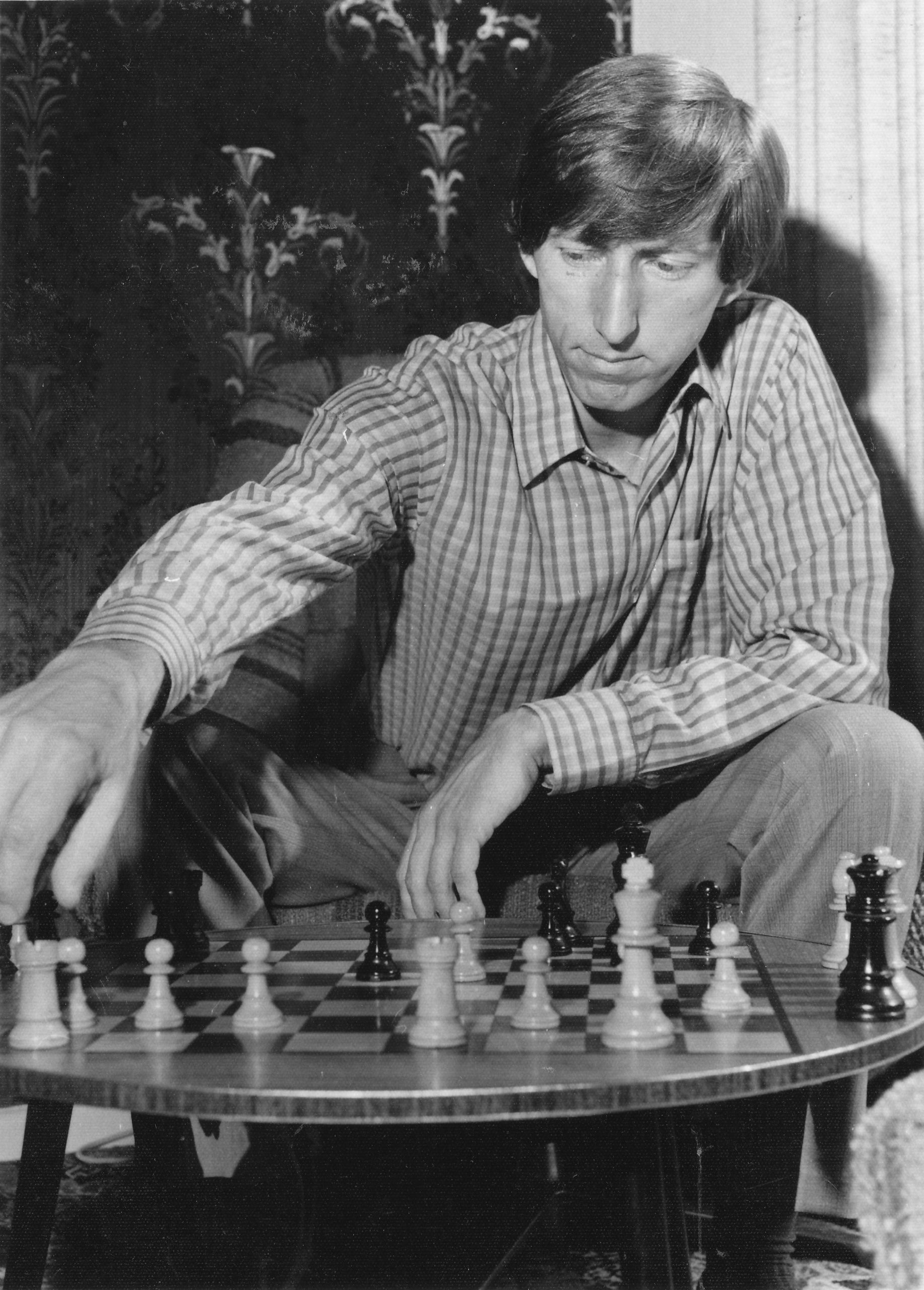
This article was followed (with some glee no doubt) by an article in British Chess Magazine, Volume LIXIV (95, 1975), Number 12 (December), page 526 as follows:
“Keith B. Richardson recently became the third British player to receive a grandmaster title (the other two both in 1972, are Comins Mansfield for chess composition’ and R.W. Bonham’ correspondence grandmaster of the blind). The title of Correspondence Chess Grandmaster is awarded by the International Correspondence Chess Federation (ICCF) and Keith Richardson fulfilled the norm by sharing third place in the final of the 7th World Correspondence Championship. Leading scores in the tournament (February 1972 – Summer 1975): 1. Y. Estrin (USSR) 12/16; J.Boey (B) 11.5; 3-4 K.B. Richardson (ENG), V. Zagorovsky (USSR) 11; etc.
Keith, born 2nd April1942, was educated at Nottingham High School and Durham University-. He won the Nottinghamshire U-14 Championship, held the Notts U-18 championship for four years, the senior Notts Championship for two years and was British Junior Champion in 1962. In 1963, he was Durham County Champion and joint winner of the British Universities Championship which he won outright the following year. He was twice captain of the British team in Students Olympiads.

In 1964 Keith left university to make a career with Barclays Bank. In the same year he was runner-up in the British Correspondence Championship and won an ICCF master tournament which qualified him for a place in the World Championship final. He came second in the 1965-7 semi-final, tried again, and won the 1968-71 event thus gaining entry to the 7th final.
Keith Richardson lives in Surrey at Camberley. He is married and has two baby sons – both born since the final of the 7th World Correspondence Championship began. At present he is writing a book on the 7th Championship and, for a change playing some OTB (over-the-board) chess in the London League for the Athenaeum club, to which he makes a great contribution – it is a marvellous feeling to know that the player next to you (on your side!) is a grandmaster.
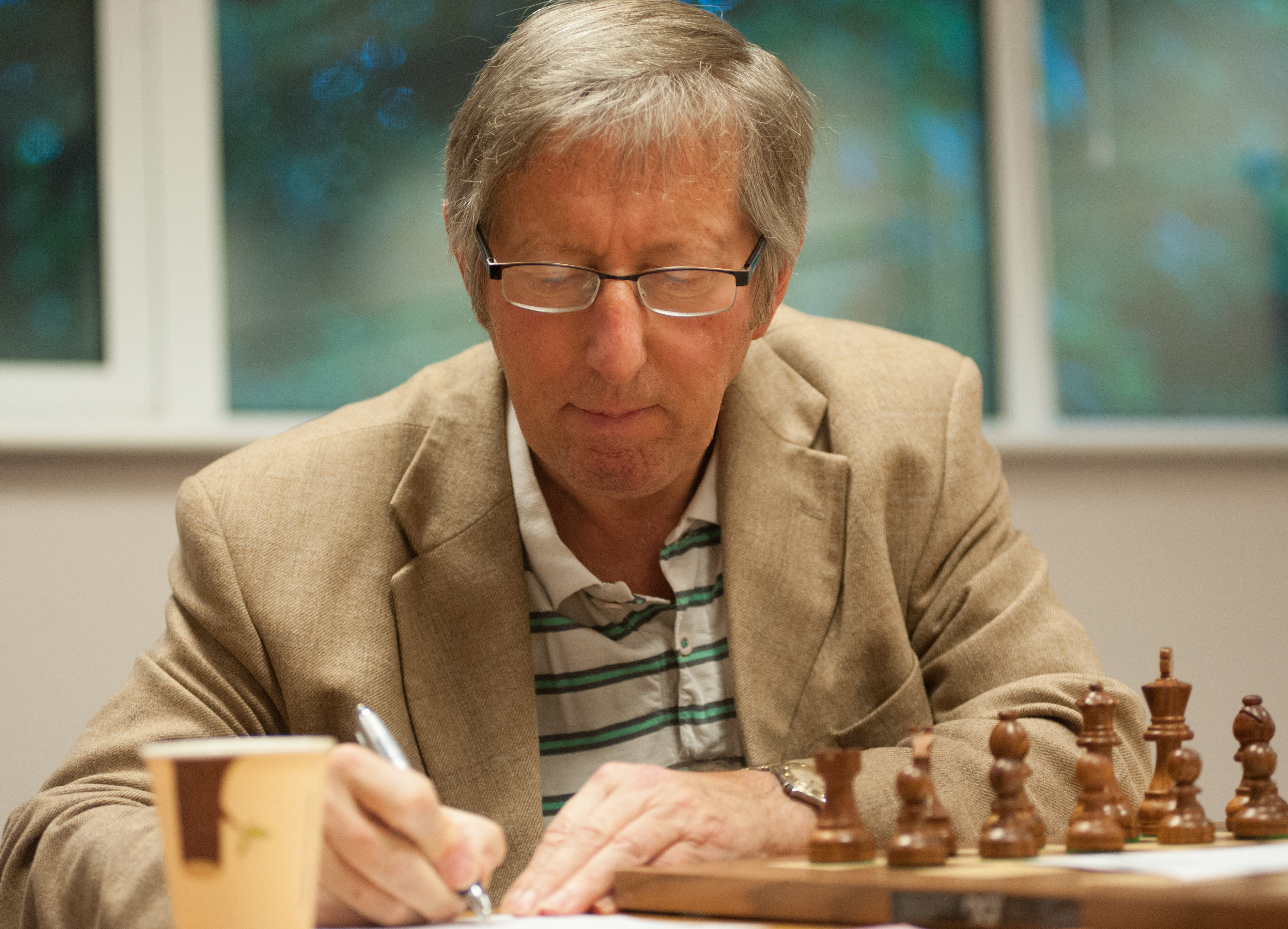
The following three games are – Keith’s best from the -championship. In them he defeats three of the five Russians in the
tournament (his overall score against the Russians was 3.5/5 – a wonderful achievement.”
and here is the printed version of the above report:
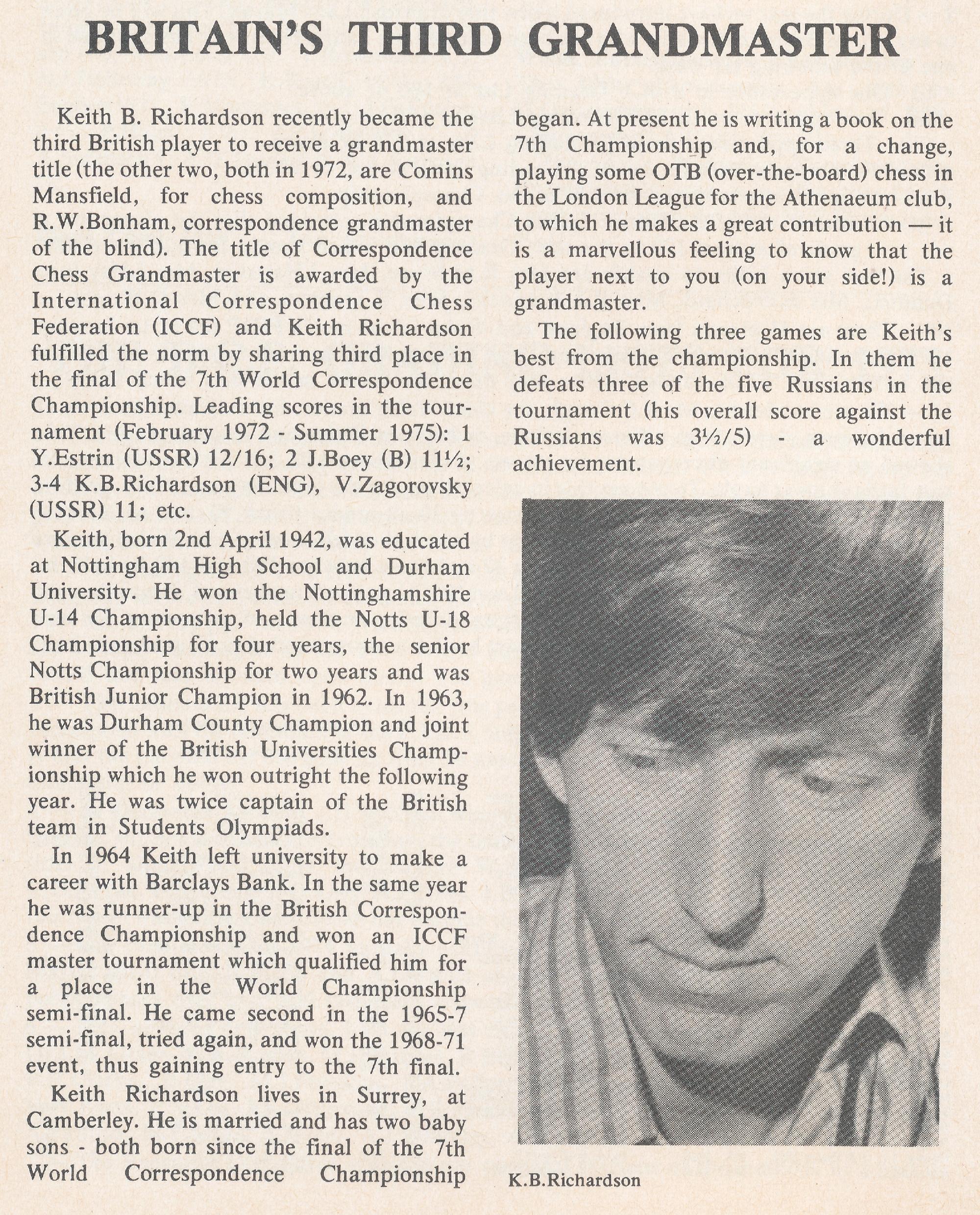
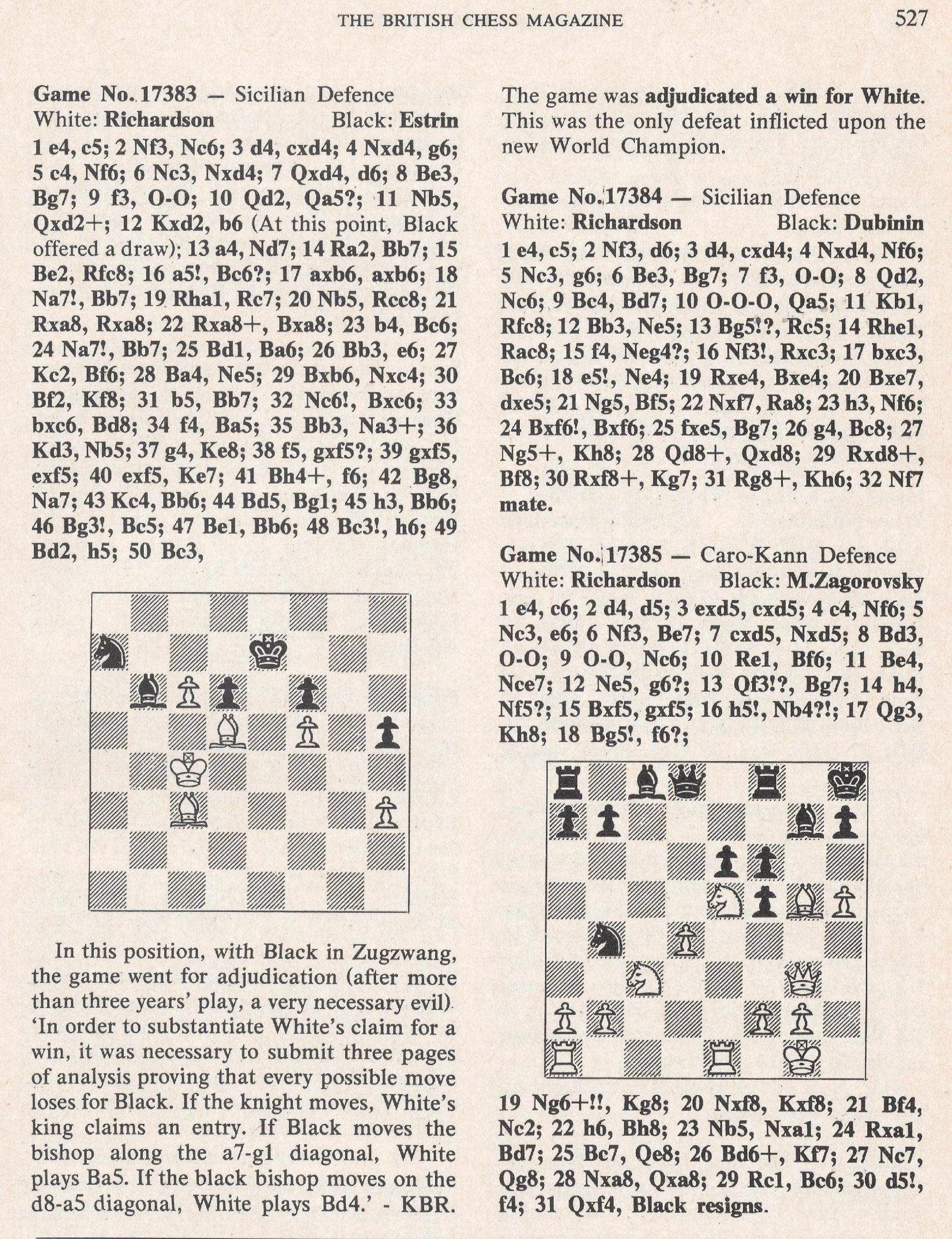
From The Encyclopaedia of Chess by Hooper & Whyld :
“English player. International Correspondence Chess Grandmaster (1975), bank manager. Around 1961 Richardson decided that over-the- board play, which had brought him some successes as a. junior, would interfere with his professional career and he took to postal chess instead. His best performance in this field was his sharing of third place with Zagorovsky after Estrin and Boey in the 7th World Correspondence Championship, 1968-71. ”
In October 1984 Keith took part in the A. E. Axelson Memorial tournament organised by the Swedish CC Committee and with fifteen grandmasters was one of the strongest CC tournaments in history. Keith finished in 11th place ahead of Boey.
In 1991 Jonathan Berry wrote a potted biography in Diamond Dust, International Chess Enterprises, ISBN 1-879479-00-1 as follows :
“Camberley, Surrey, England. Born 2 April 1942. Married with two sons. Bank Manager.
He was British Under-21 Champion in 1962. At Groningen 1962/63, he was placed 2nd in the European Junior Championship. At Bristol 1967 he was equal 5th in the British Championship.
In CC, he gained the IMC in 1968, GMC in 1975. In CC WCh VII, he won the semi-final with 9.5/12, and placed =3rd in the final, 11/16. In CC WCh X, he again tied for third in the final with 10/15. Playing board 3 for Britain in OL-VIII, finals, 1972-76, he scored 7.5/9, the highest score on any board. He won the Prefors Memorial, 1976-1980, 9.5.12”

Keith was a founding member of Camberley Chess Club in 1972.
A one-day tournament (The Keith Richardson Memorial) in memory of Keith was started in 2017 and has been held six times in total being played on-line for the first time in 2021 and then reverting to OTB in 2022.
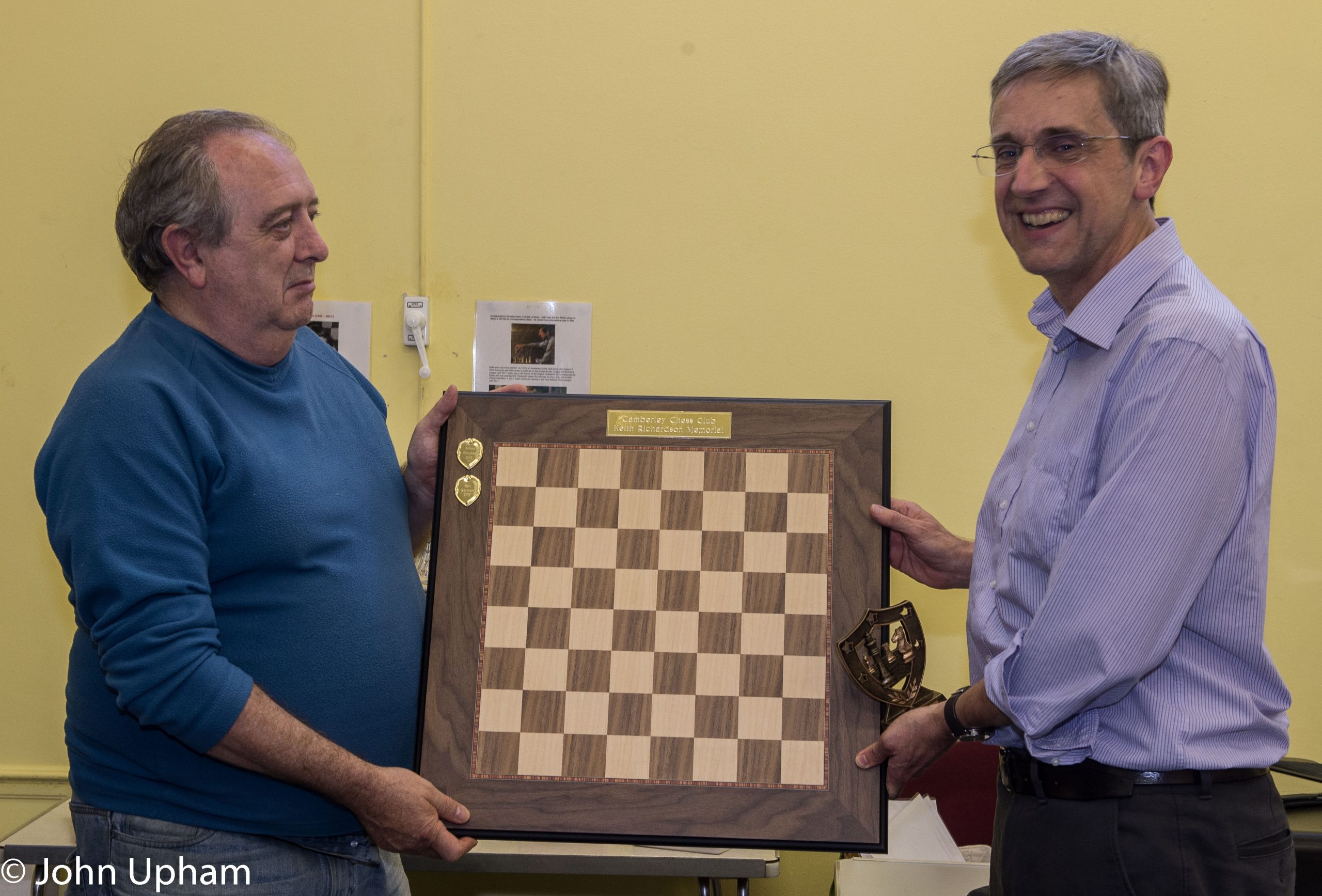
From Chessgames.com :
“Keith Bevan Richardson was born in Nottingham, England. Awarded the IMC title in 1968 and the GMC title in 1975, he finished 3rd= in the World Correspondence Championships of 1975 and 1984.”
Here are his games from chessgames.com
An obituary from Ray Edwards / ECF.
Here is an excellent biography by Peter Rust from the web site of the Hamilton Russell Cup
Barclay’s Bank pay tribute to Keith on the corporate site.
Here is an entry from the Belgian chess history web site.